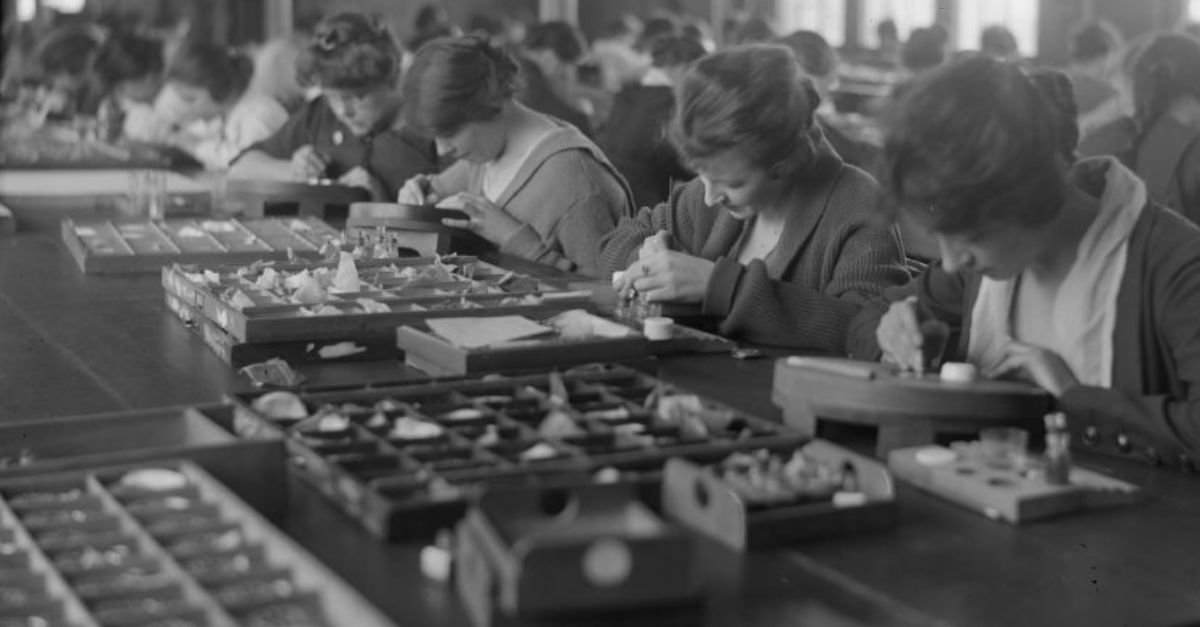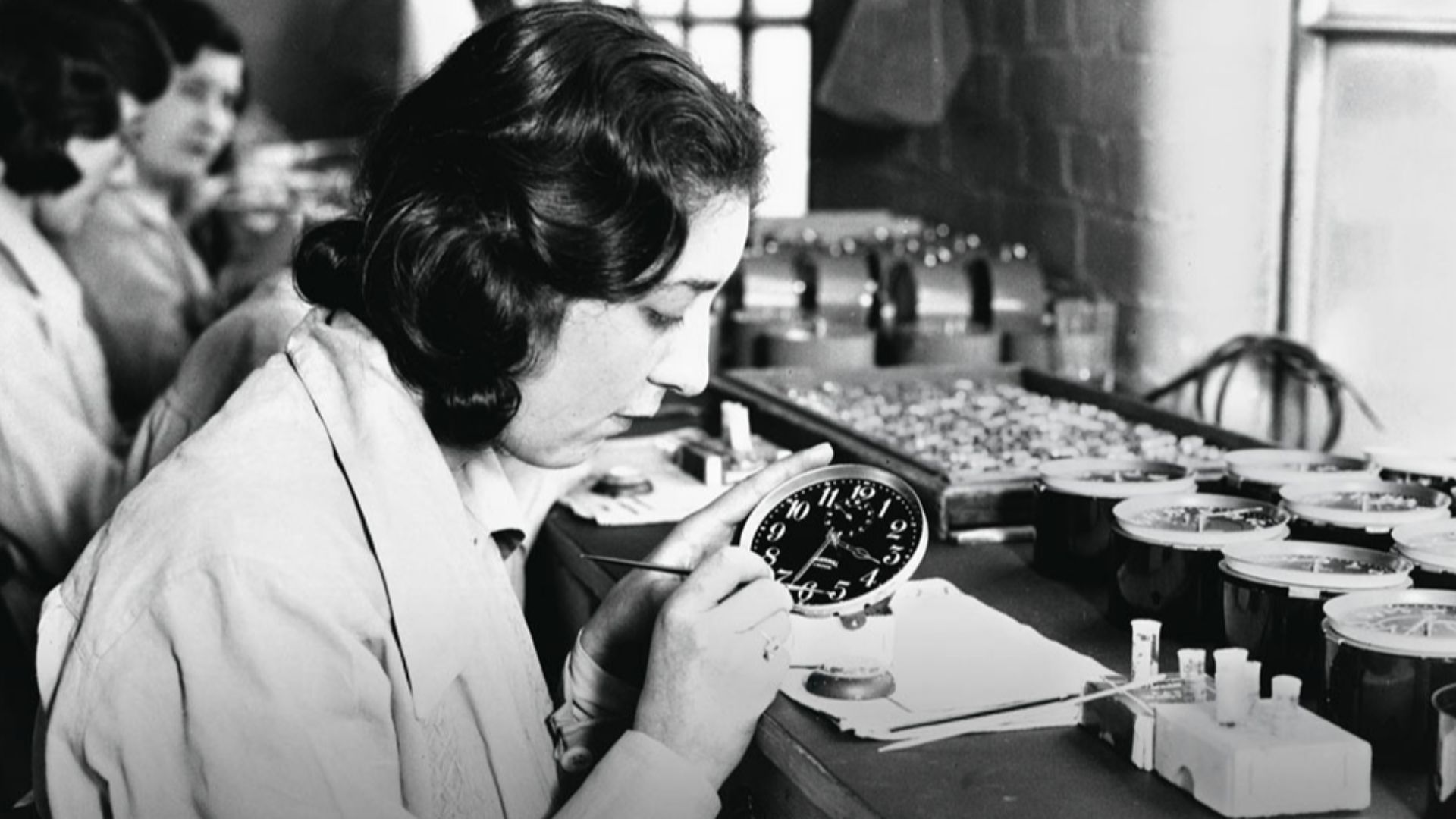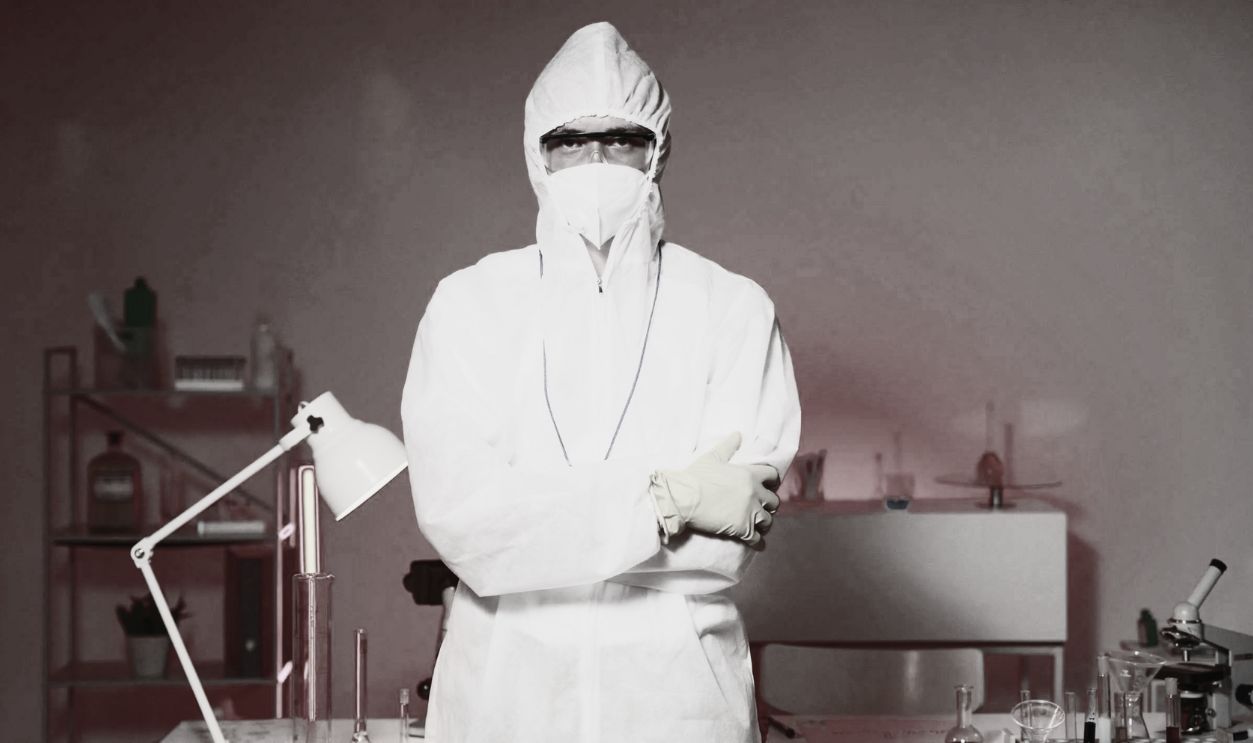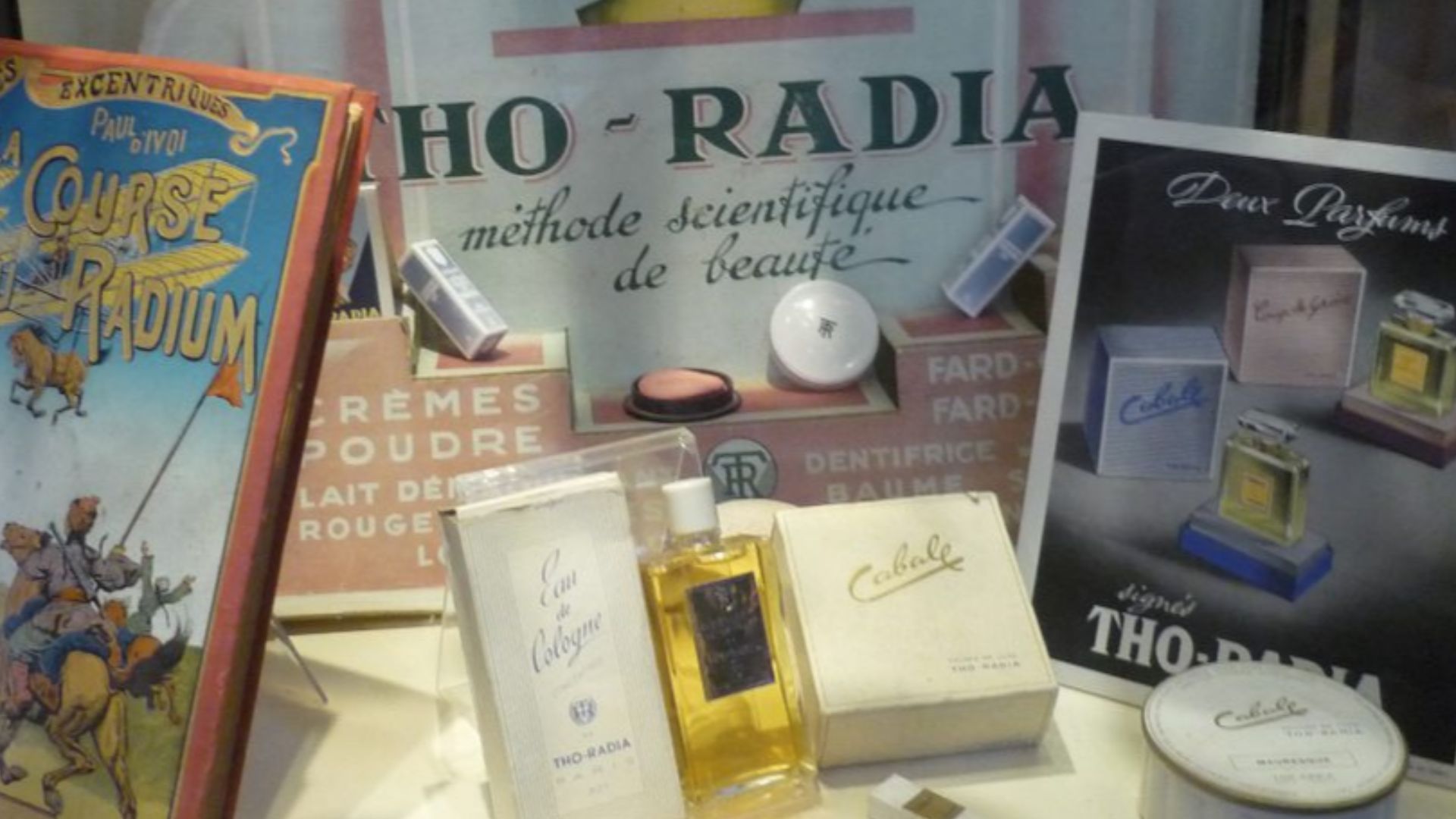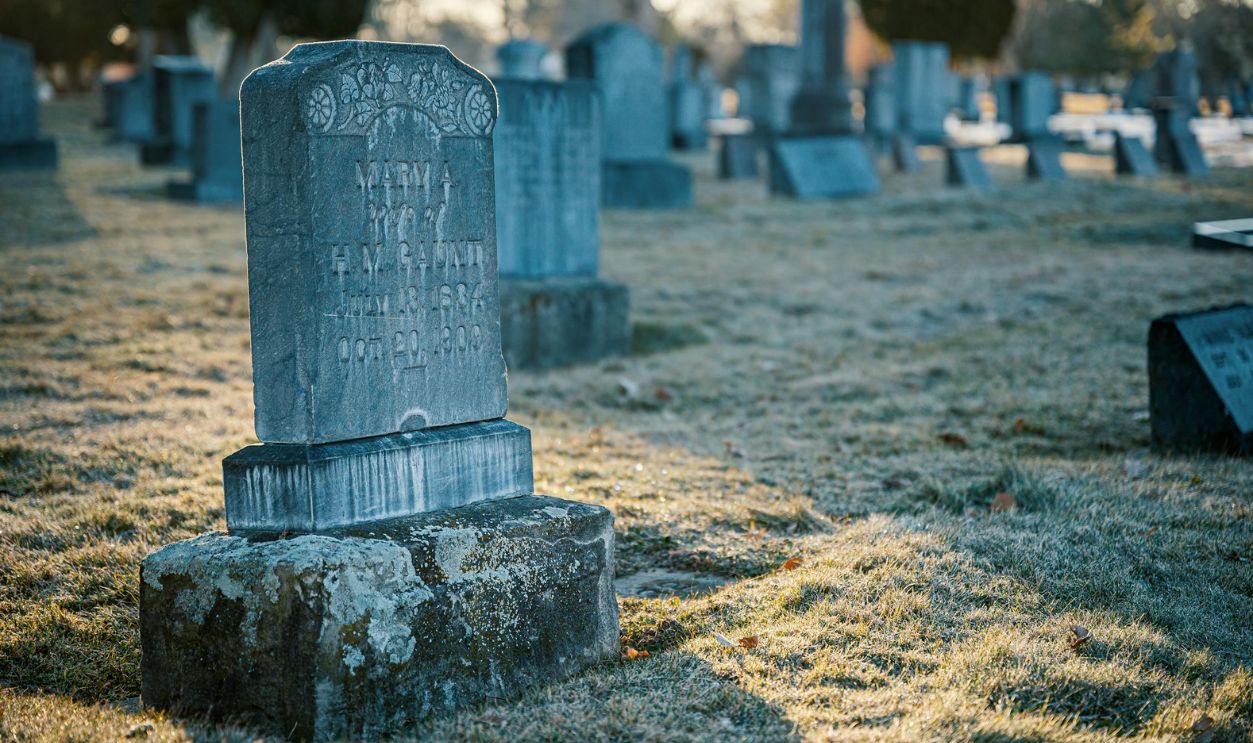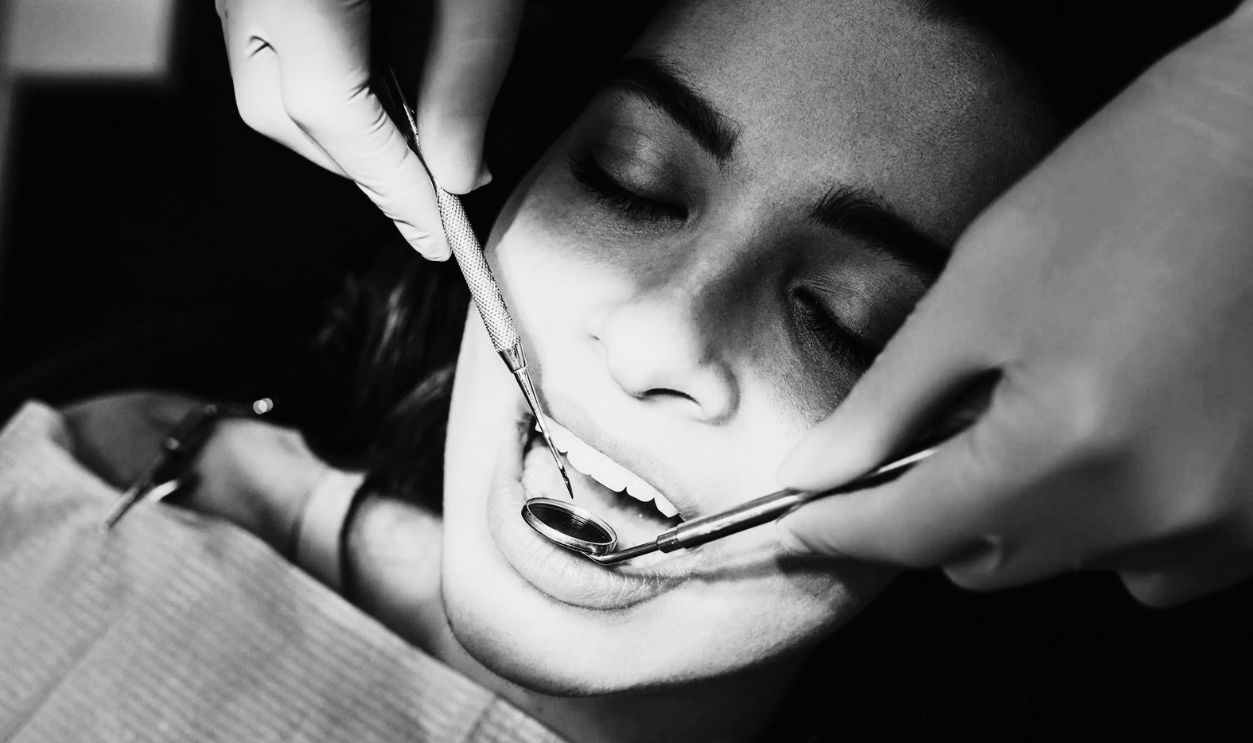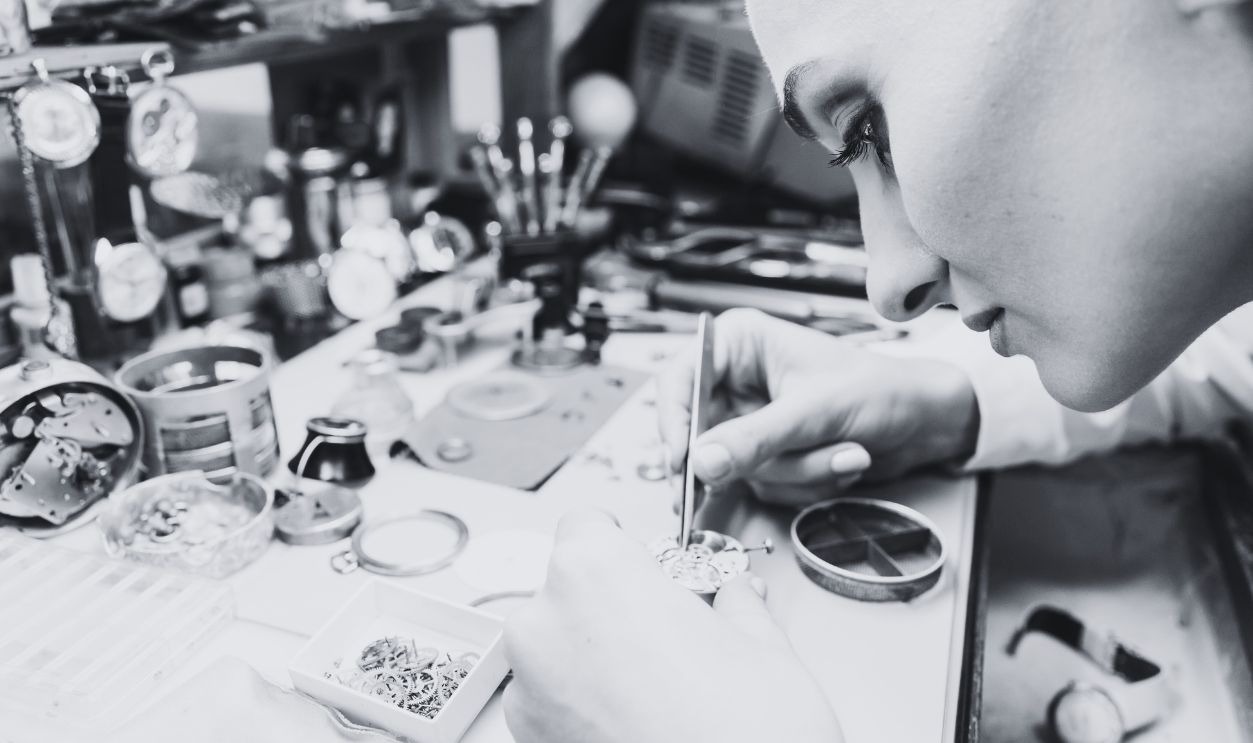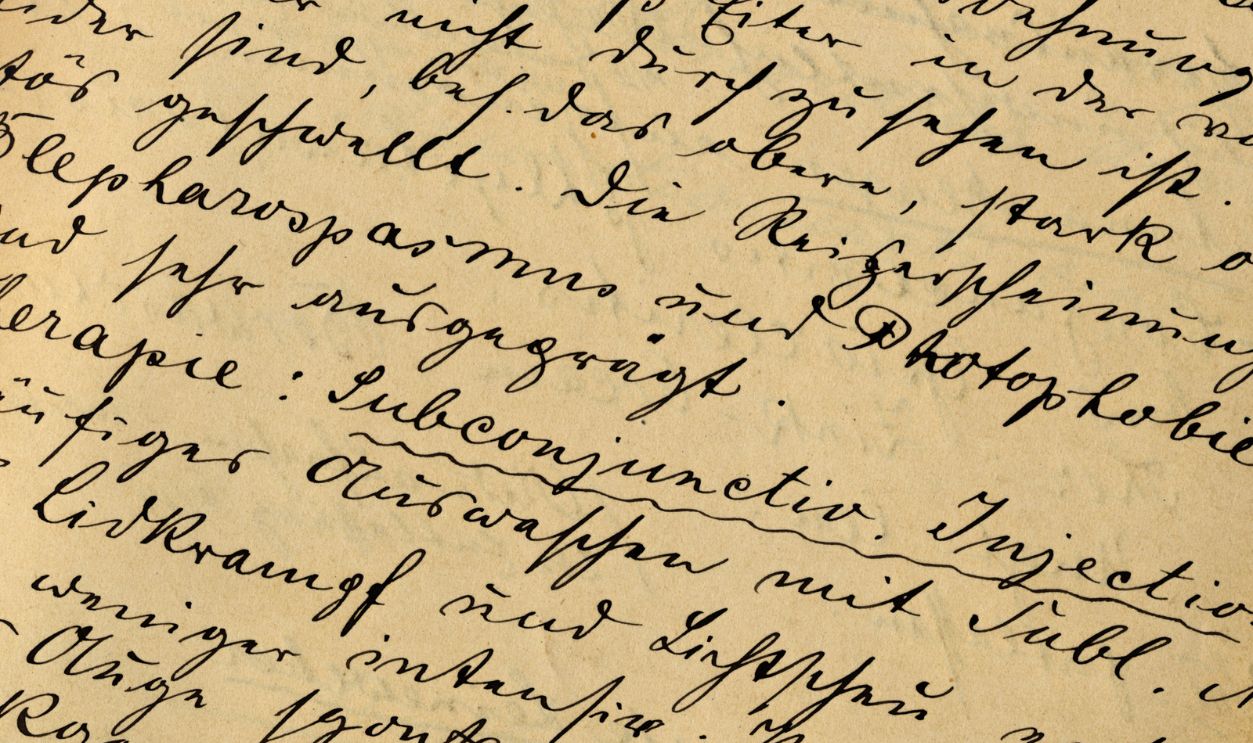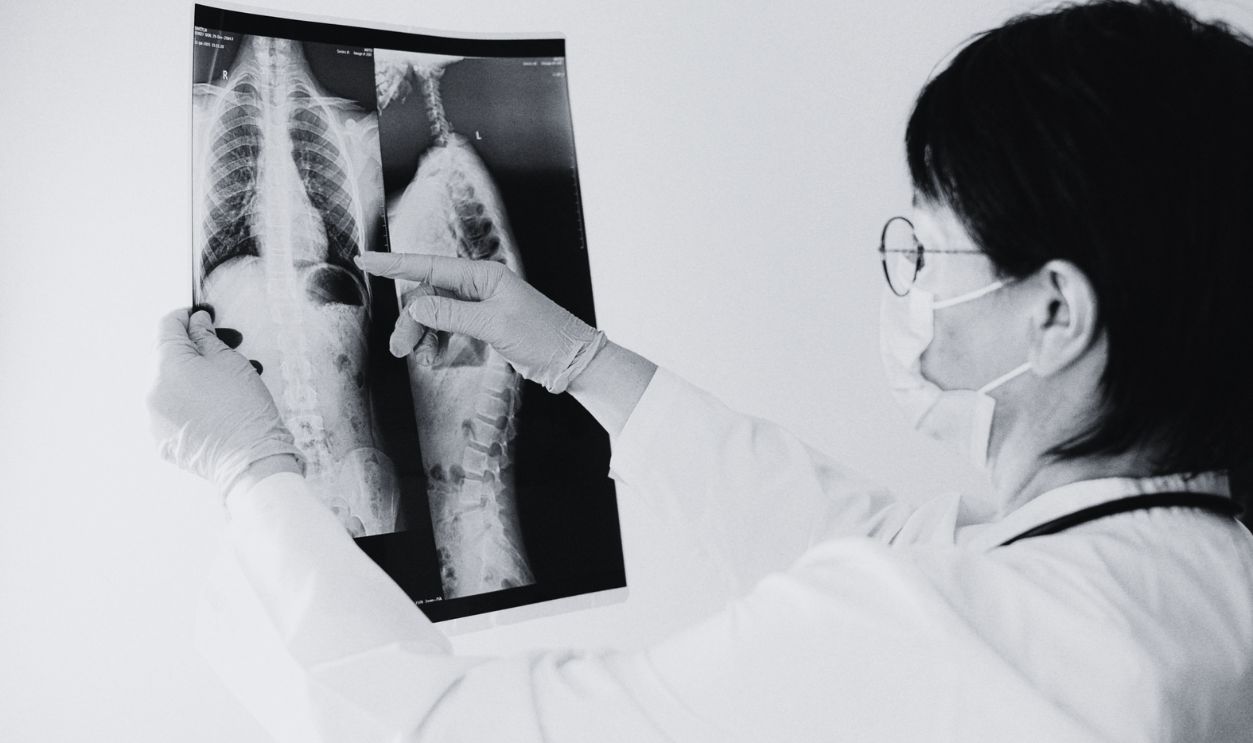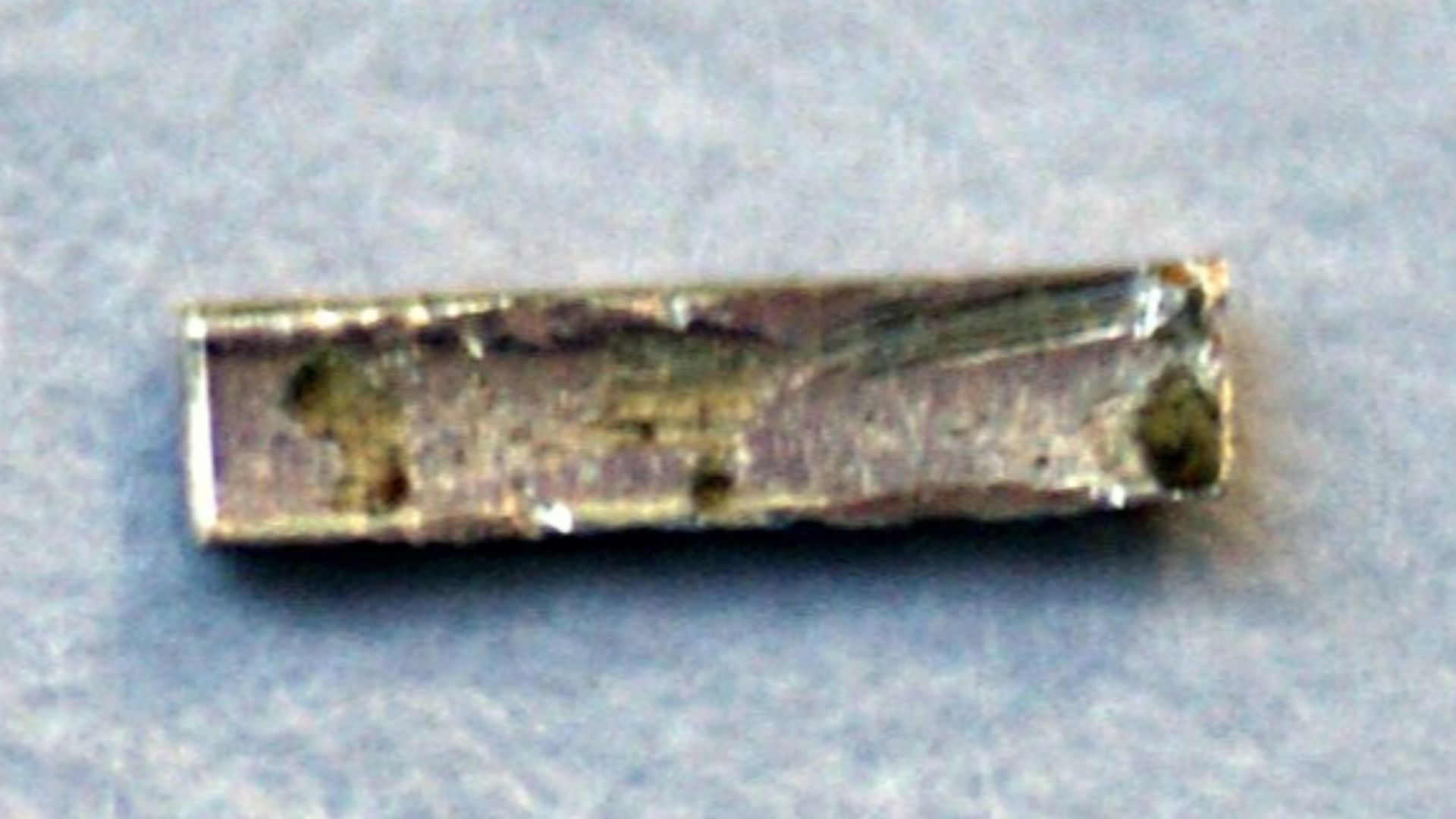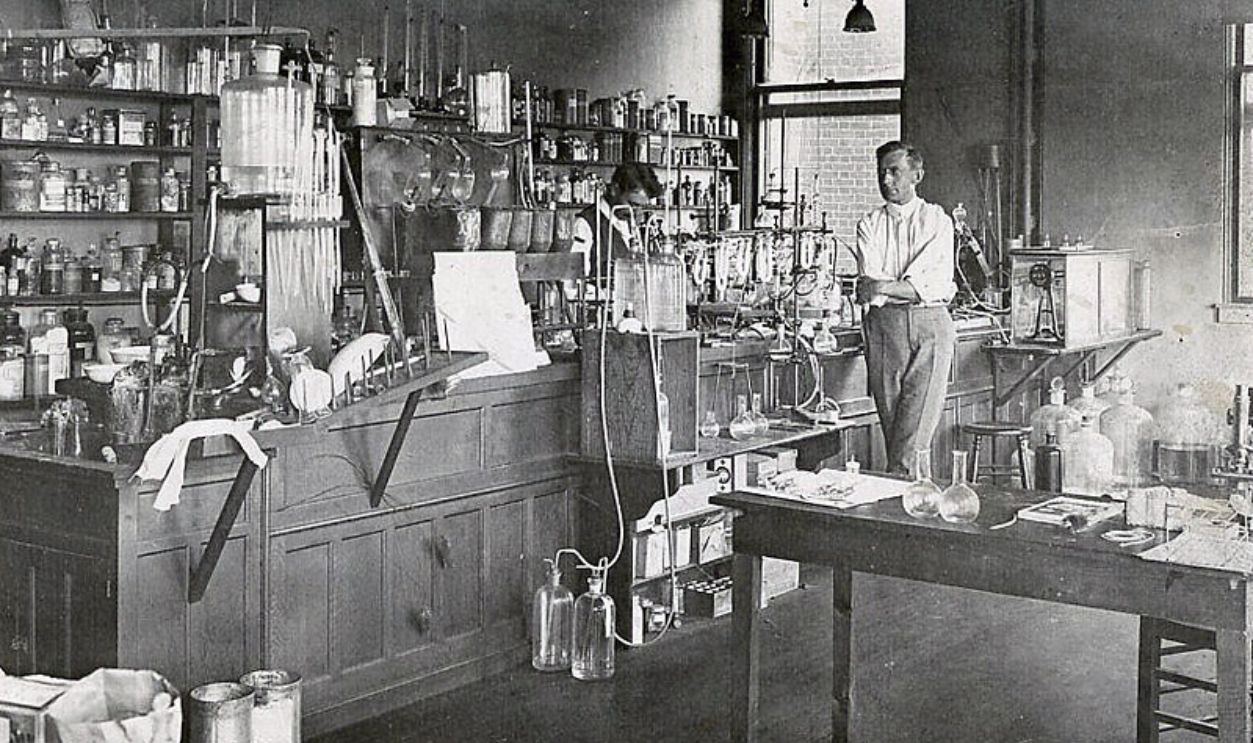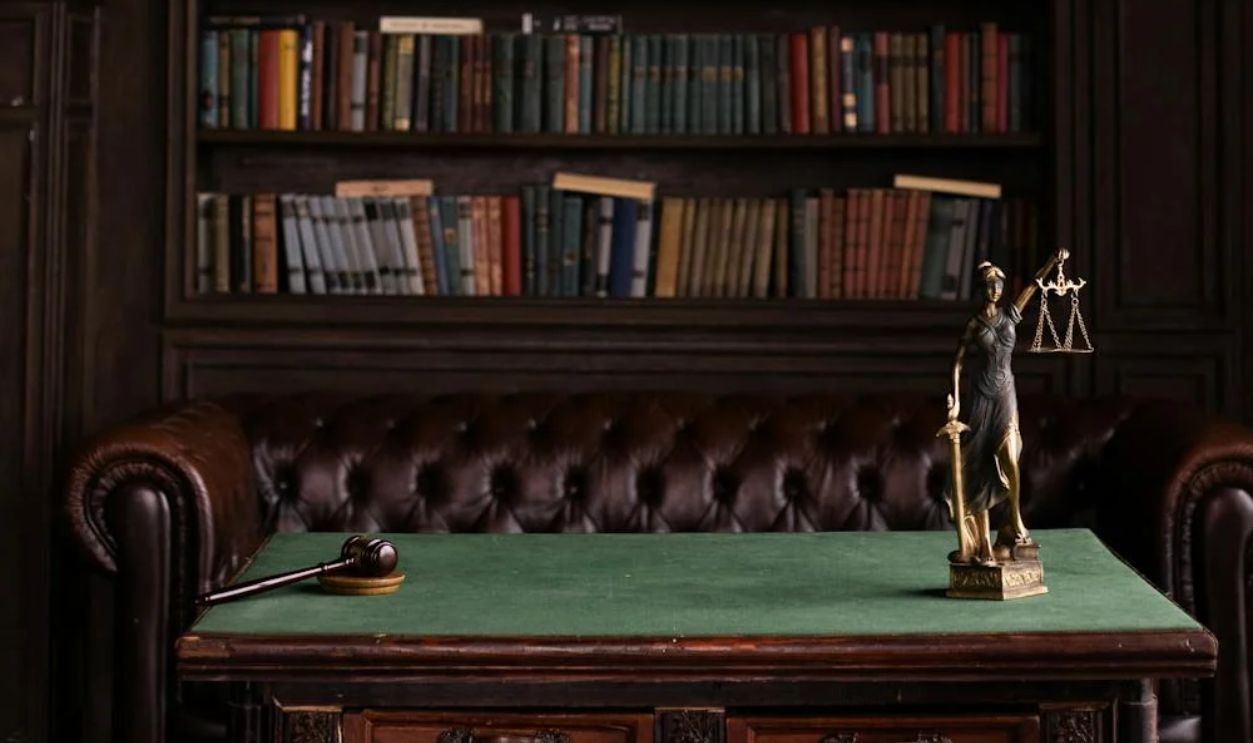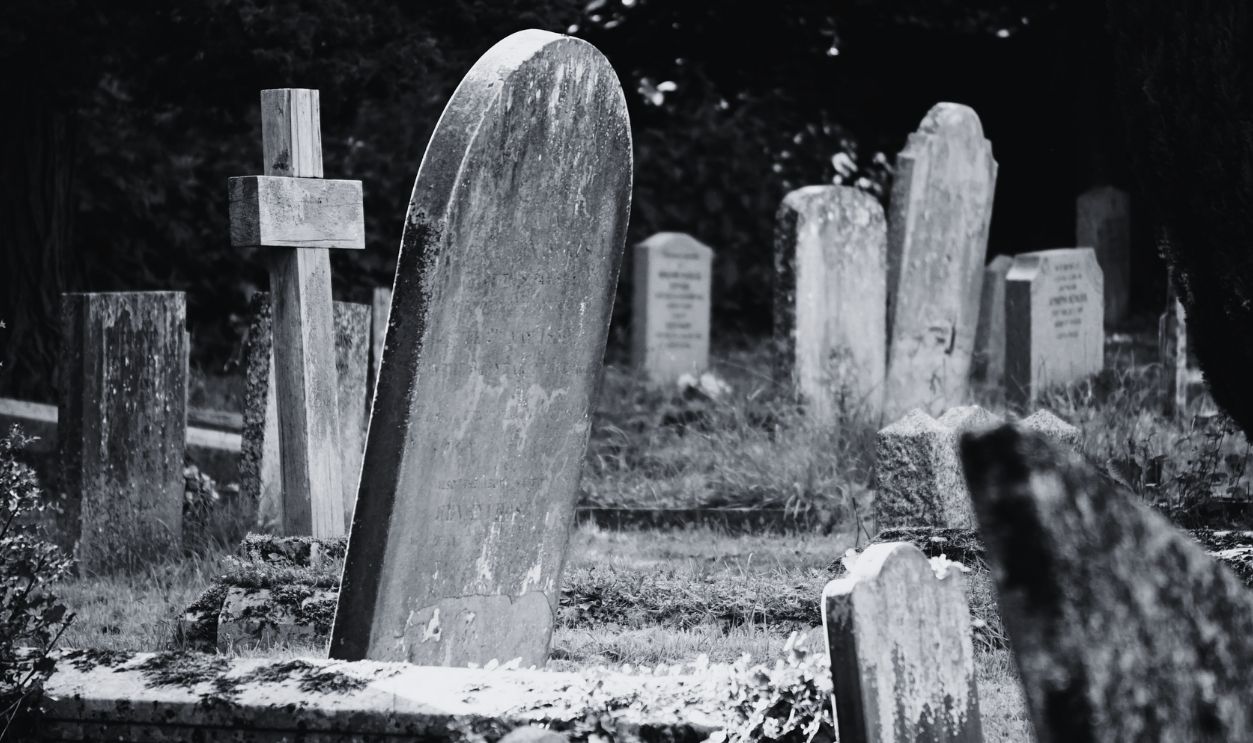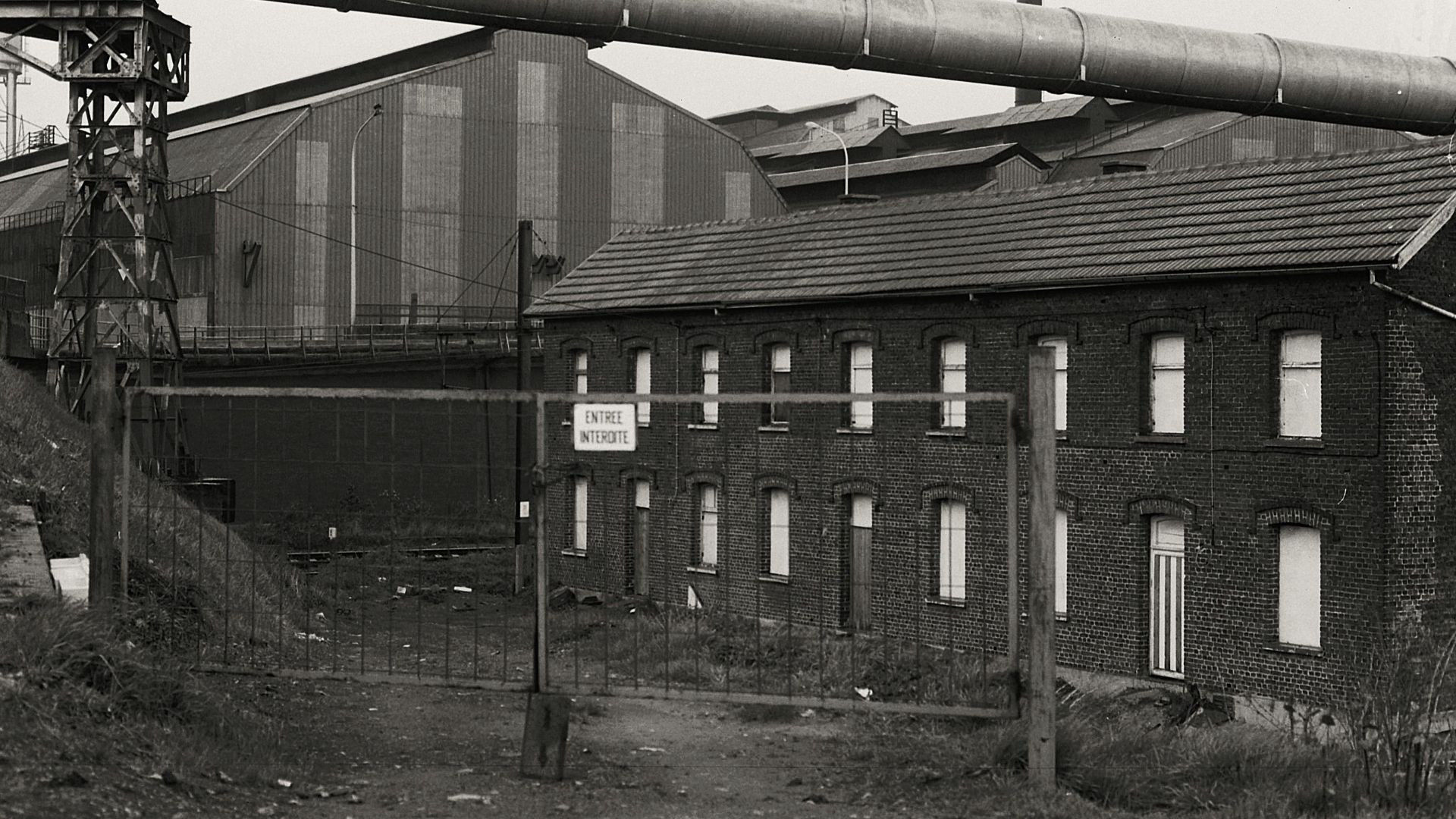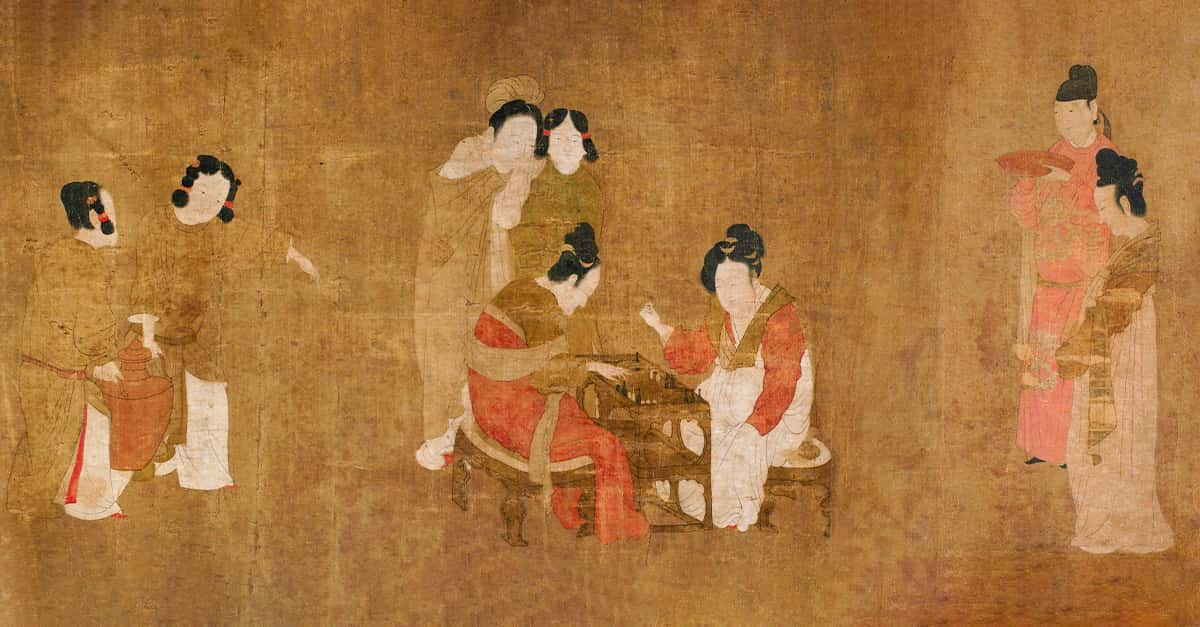Luminous Deception
Young women, barely in their twenties, painted watch dials by day and glowed eerily after dark. Nobody warned them about the danger, but their bosses knew better.
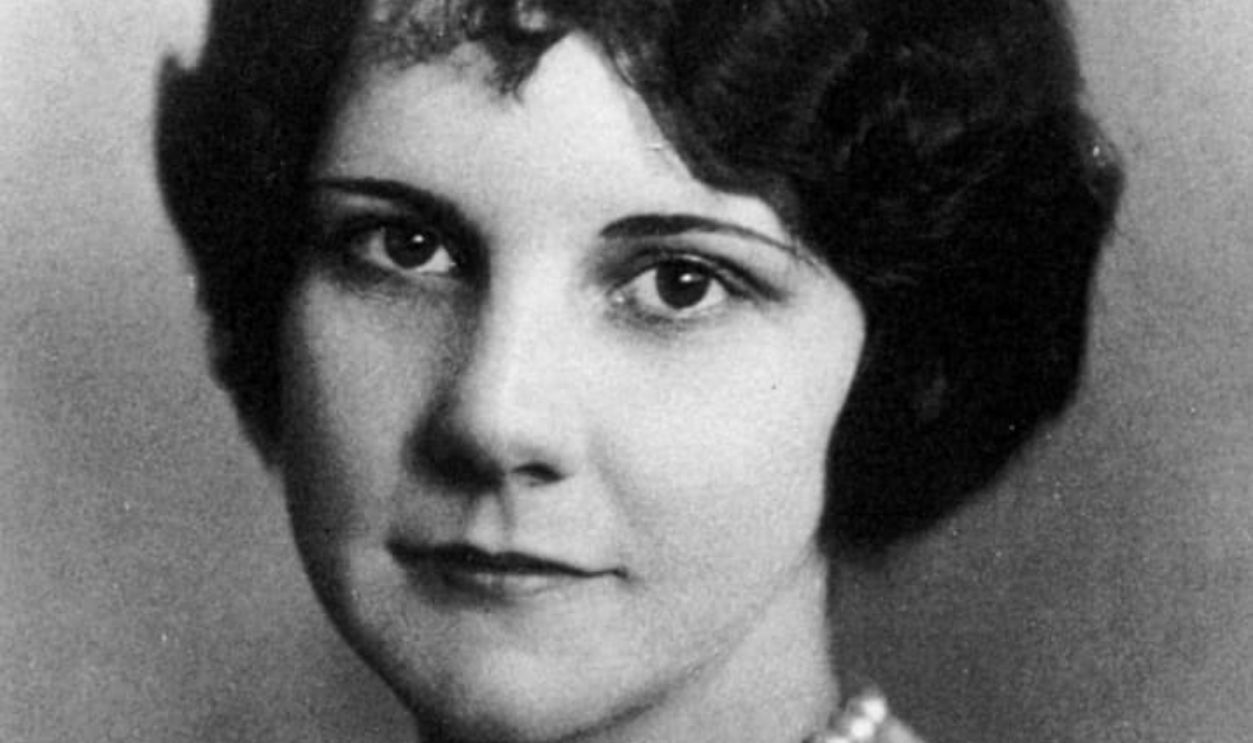
The Shining Opportunity
In 1917, as World War I created demand for luminous watch dials, factories began hiring young women to apply radium paint to timepieces. The United States Radium Corporation (USRC) in Orange, New Jersey, led this industry, extracting radium from Colorado's Paradox Valley ore.
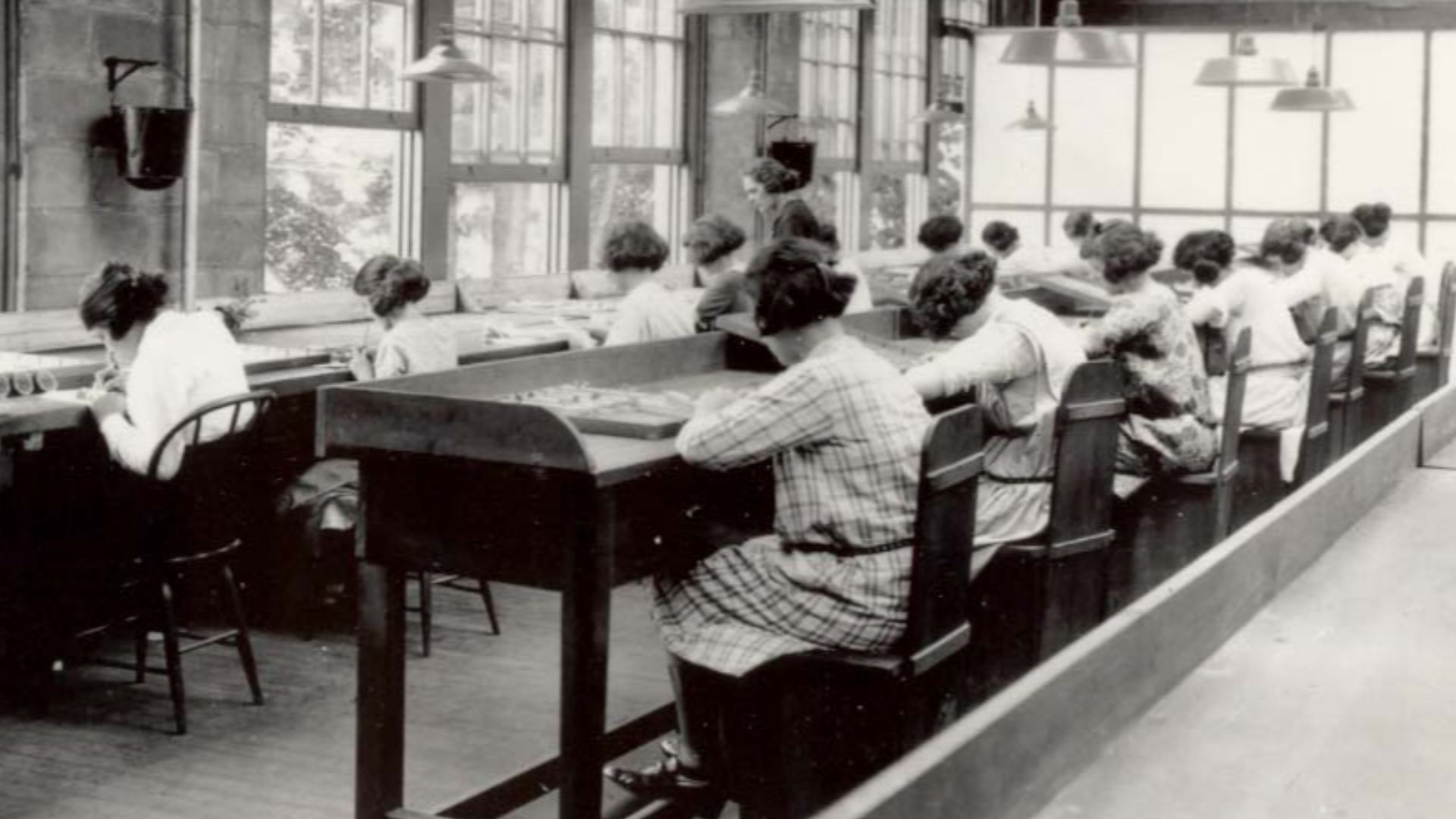 Unknown authorUnknown author, Wikimedia Commons
Unknown authorUnknown author, Wikimedia Commons
Behind Factory Doors
The dial-painting industry spread to three central locations: Orange, New Jersey; Ottawa, Illinois (Radium Dial Company); and Waterbury, Connecticut. About 4,000 females nationwide took these jobs, attracted by the exceptional pay of $3.75 for painting 250 dials per shift.
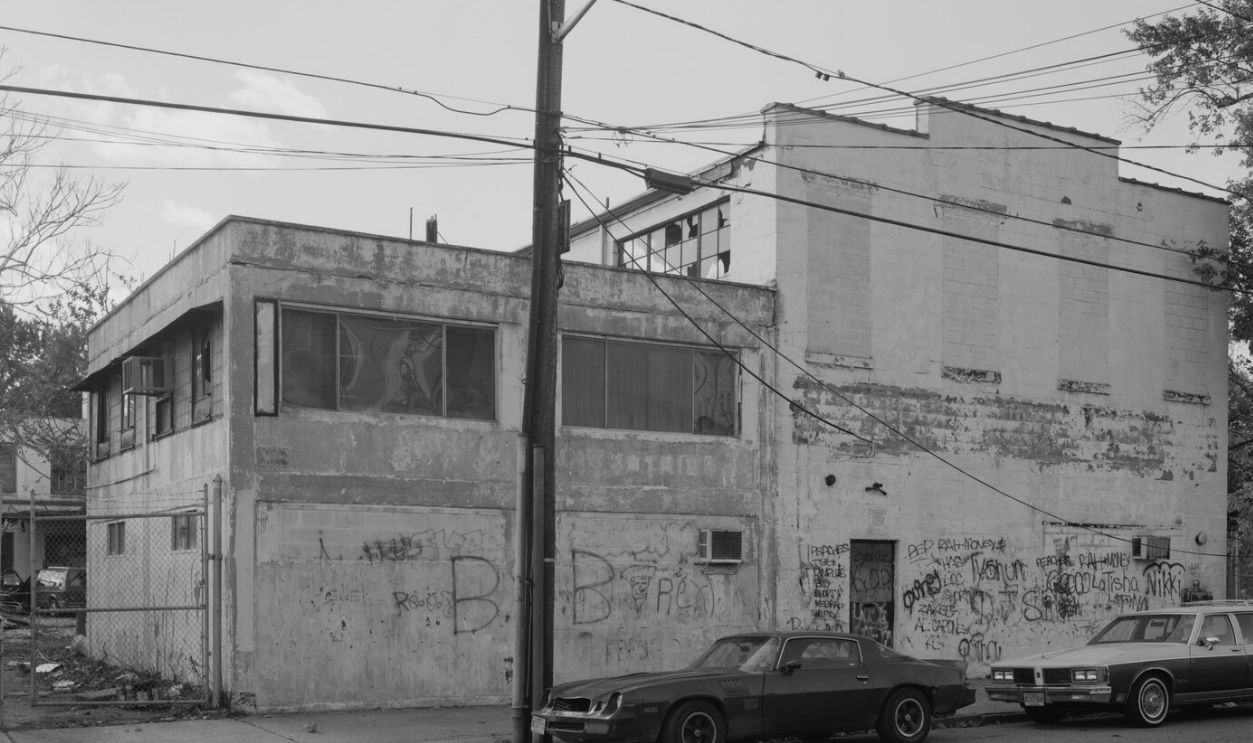 Flagg, Thomas R., Wikimedia Commons
Flagg, Thomas R., Wikimedia Commons
Fatal Technique
Supervisors taught "lip, dip, paint"—pointing brushes with lips before dipping them in radium paint. This created the fine tip needed for detailed numbers but caused ingestion of deadly radioactive material. Using rags or water rinses was discouraged as wasteful of time and material.
A Toxic Double Standard
Company scientists worked safely behind lead shields, wearing protective gear while handling radium. Yet they told the women painters radium was completely harmless. USRC had even given doctors literature describing radium's hazardous effects, proof that they knew the risks but deliberately endangered their workers.
Radium's False Promise
Radium was marketed as miraculous in the 1920s, appearing in toothpaste, cosmetics, and health tonics. People believed it improved health and beauty, but they were completely unaware of the dangers of radiation. This widespread ignorance made workers' questions about safety easier to dismiss with false reassurances.
Deadly Playtime
Workers playfully painted their teeth, nails, and faces with leftover paint, creating ghostly glowing smiles. They'd leave work dusted in radium powder down to their undergarments. This extended their exposure beyond working hours and further increased the damage to their bodies.
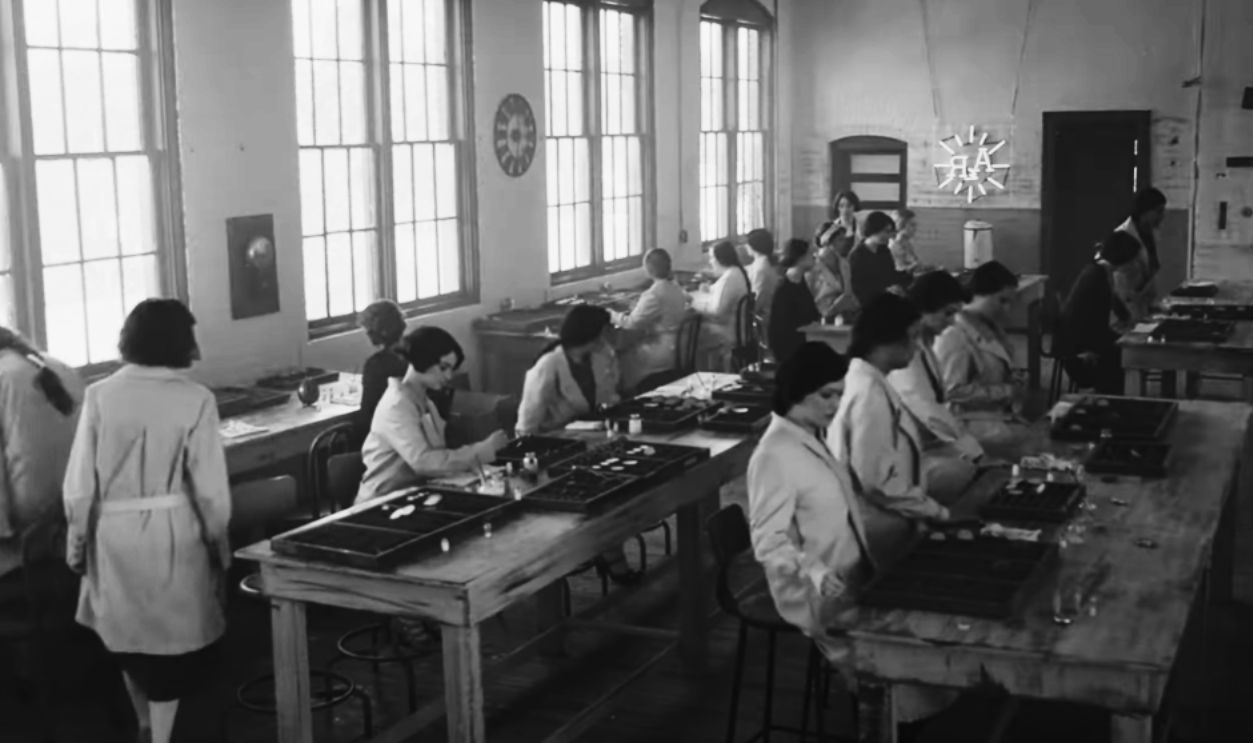 "RADIUM GIRLS" 2020 OFFICIAL TRAILER by Juno Films
"RADIUM GIRLS" 2020 OFFICIAL TRAILER by Juno Films
First Warning Signs
By 1921, alarming symptoms emerged among the Radium Girls working at the Orange, New Jersey factory. Many suffered from severe dental pain, loose teeth, and mouth sores that would not heal. Dentists observed that tooth extractions often resulted in pieces of decaying jawbone.
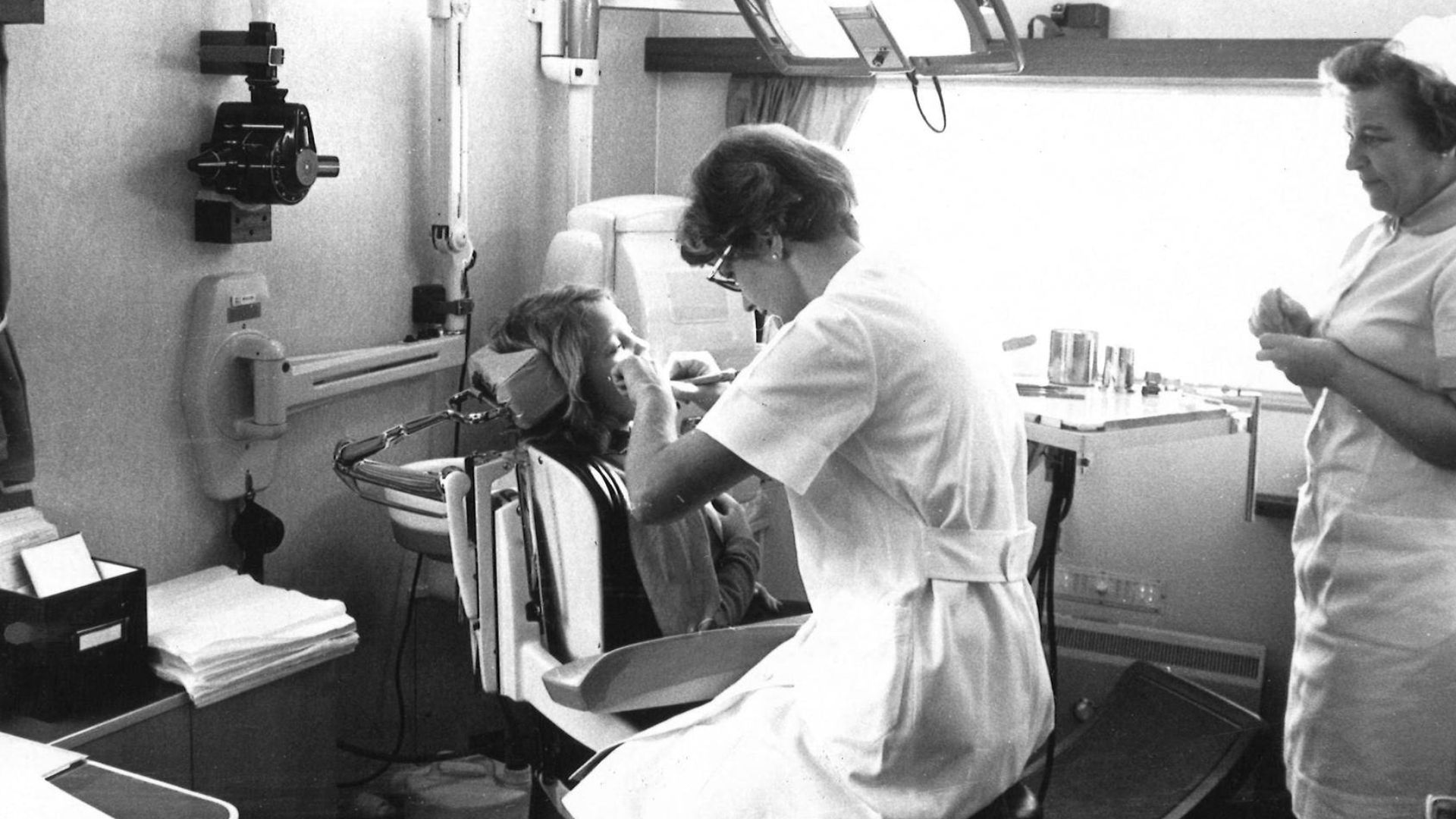 V. K. Hietanen / Helsingin Sanomat, Wikimedia Commons
V. K. Hietanen / Helsingin Sanomat, Wikimedia Commons
First Warning Signs (Cont.)
In some cases, the jawbone itself became necrotic and had to be removed. This condition was later termed "radium jaw" or radium necrosis. Similarly, their bones became brittle and prone to unexpected fractures, as the substance, chemically similar to calcium, was incorporated into bone tissue.
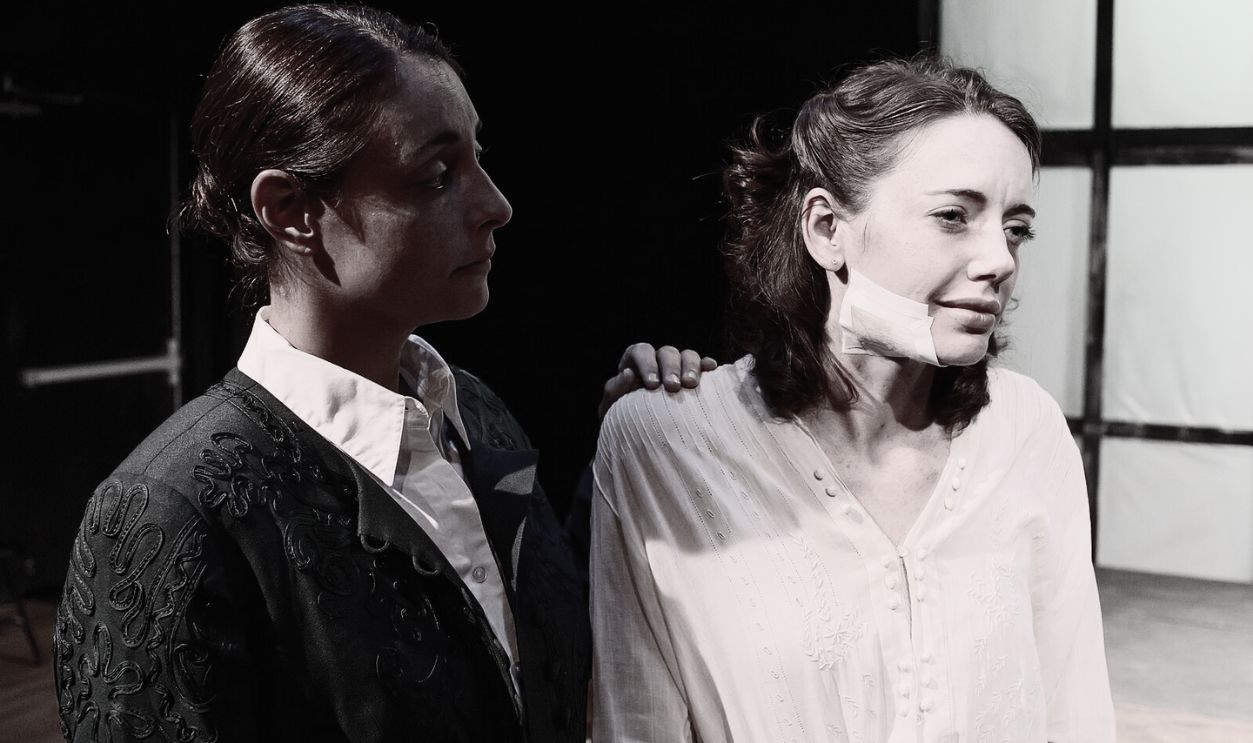 Flat Earth Theatre, CC BY-SA 2.0, Wikimedia Commons
Flat Earth Theatre, CC BY-SA 2.0, Wikimedia Commons

History's most fascinating stories and darkest secrets, delivered to your inbox daily.
Silent Destruction
This led to anemia as the bone marrow, responsible for producing blood cells, was affected by radiation exposure. Many ladies also experienced suppressed sterility, as ionizing radiation is known to be highly problematic to ovarian tissue, resulting in premature failure and reduced fertility.
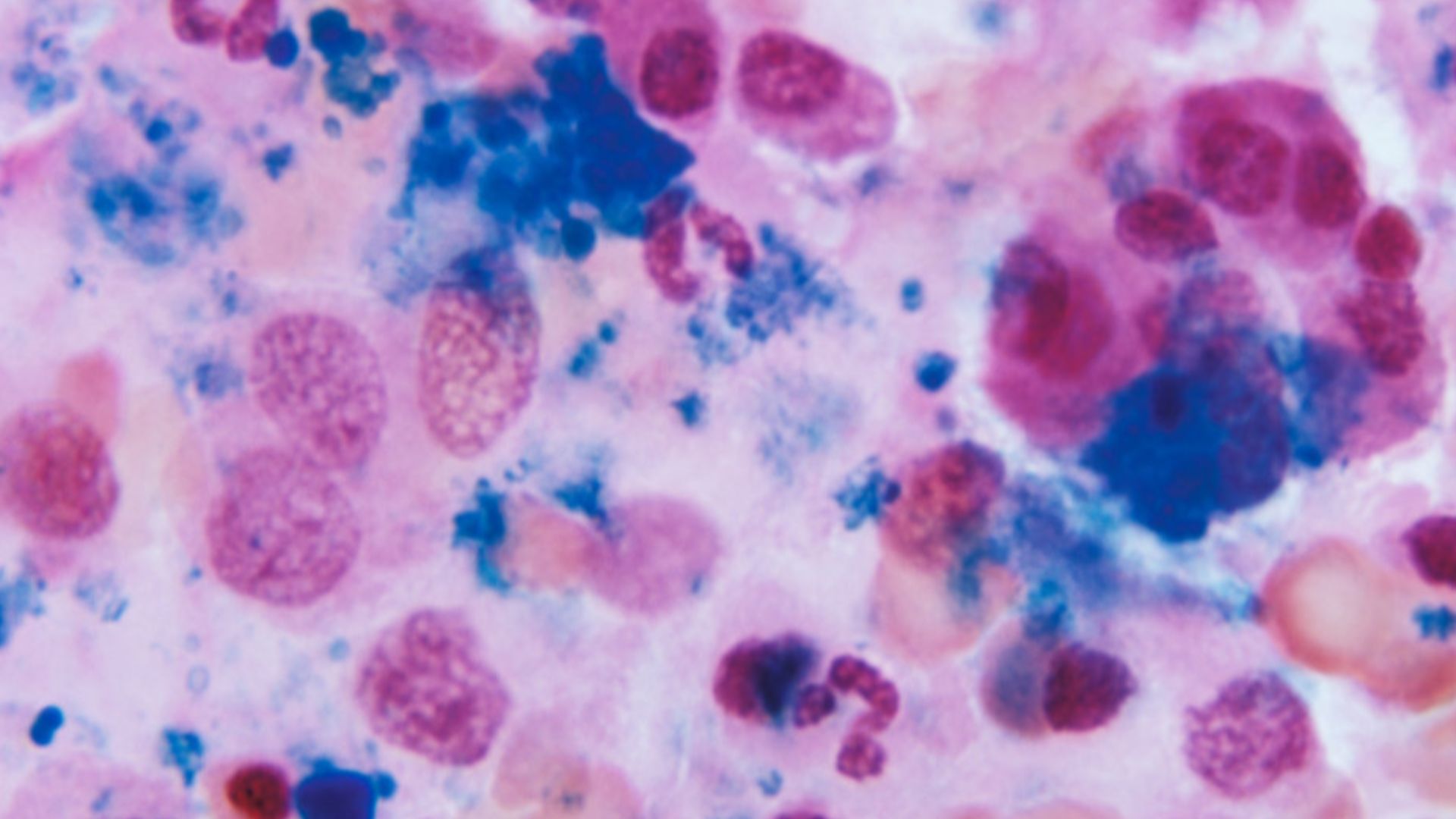 Dr. Gordon D. McLaren, Wikimedia Commons
Dr. Gordon D. McLaren, Wikimedia Commons
Molie’s Tragic Fate
In 1922, the devastating impact of radium exposure became heartbreakingly clear with the demise of Amelia "Mollie" Maggia at just 25 years old. Having worked for four years as a dial painter, Mollie was among the first to experience the mysterious and excruciating symptoms.
Mollie's Tragic Fate (Cont.)
Her health rapidly deteriorated. She suffered from terrible dental pain, and her teeth became so loose that they fell out or had to be extracted. Her dentist was shocked when, during an examination, he was able to remove her entire lower jawbone by hand.
Mollie's Tragic Fate (Cont.)
It had disintegrated due to necrosis caused by radium poisoning. Mollie’s condition worsened, and she died from a massive hemorrhage, her body riddled with infection and decay. At the time, her demise was officially attributed to syphilis, a diagnosis that added confusion to her family’s grief.
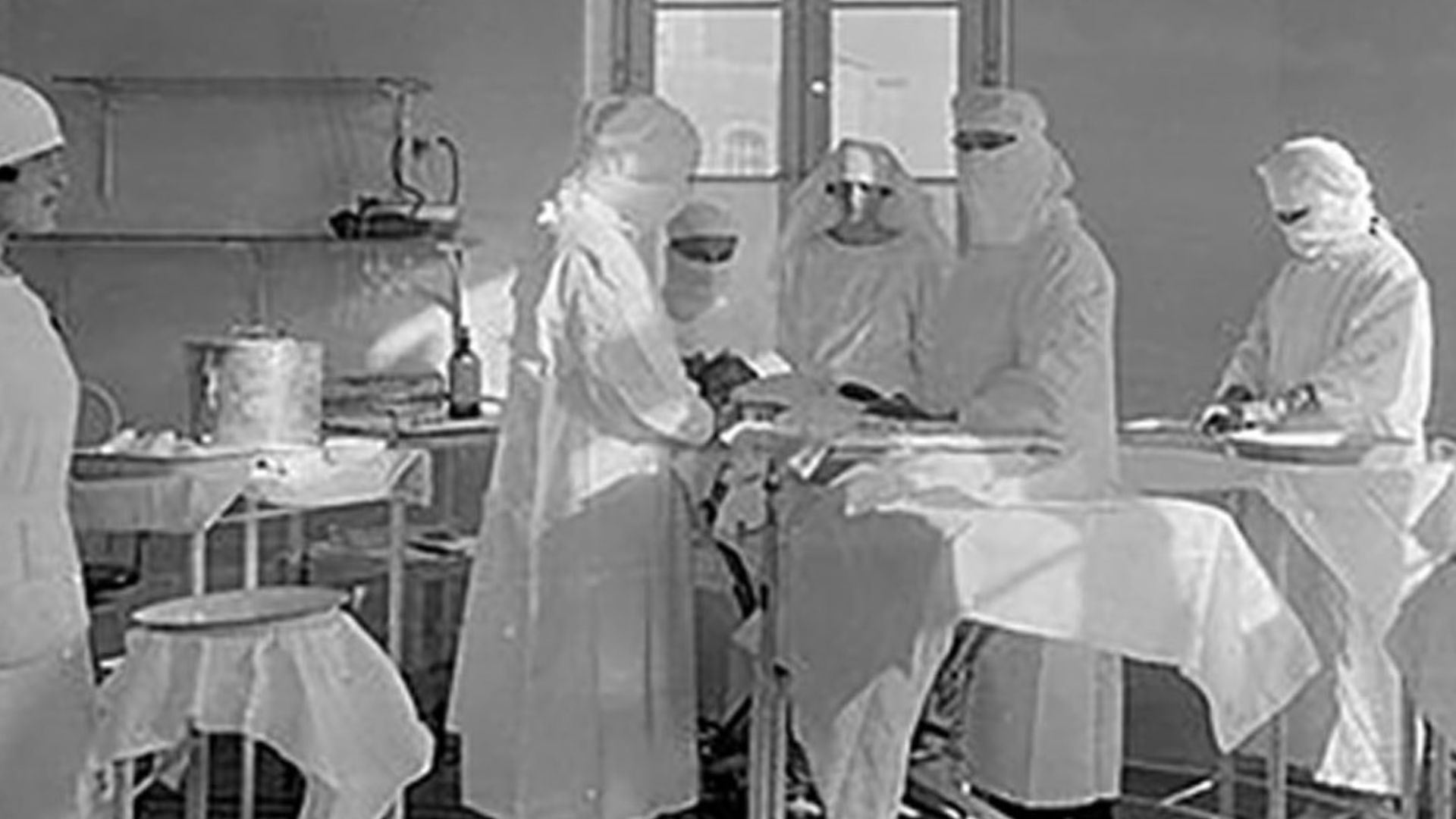 Edward Alfred Gouder, Wikimedia Commons
Edward Alfred Gouder, Wikimedia Commons
More Lives Lost
Mollie’s death was not an isolated case. In 1923, two more young dial painters, Helen Quinlan (21) and Irene Rudolph (22), died after working at the factory for only 20 months and 2 years, respectively. Like Mollie, they suffered from extreme jaw and dental problems.
Mounting Casualties
By 1927, over 50 female factory workers had passed away due to the same reason. Several victims were buried in Orange's Rosedale Cemetery, with their bodies still being radioactive. According to some accounts, their remains continue emitting radiation today. In reality, some 112 painters would have perished.
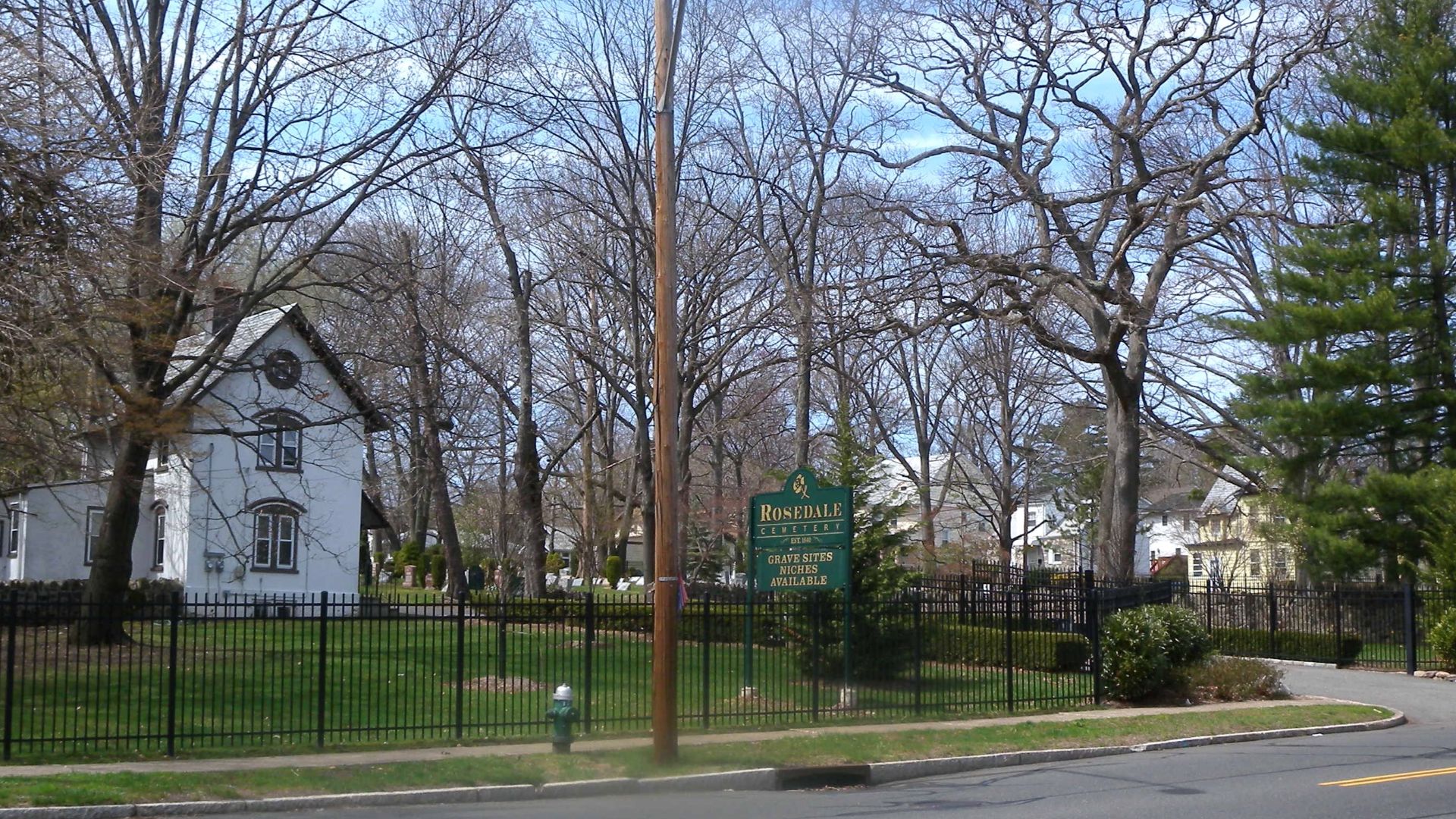 Jim.henderson, Wikimedia Commons
Jim.henderson, Wikimedia Commons
Medical Confusion And Deception
As the sick dial painters sought medical help, the United States Radium Corporation referred many of them to Frederick Flynn, a Columbia University industrial toxicology specialist under contract with the company. However, Flynn was not a licensed medical doctor.
Medical Confusion And Deception (Cont.)
Also, his colleague, who was present during the examinations, was actually a vice president of USRC, not a medical professional. These company-affiliated "experts" assured the women they were healthy. This practice was part of a broader campaign by USRC to mislead workers and the public.
The Syphilis Smear Campaign
So, USRC and other companies rejected claims that workers suffered from radiation exposure. In order to discredit the dying women, doctors were encouraged to wrongly diagnose them with syphilis. This stigmatized disease would ruin their reputations and silence complaints through shame and embarrassment.
Corporate Concealment
In 1924, the corporation chose to commission Harvard physician Cecil Drinker to investigate the health crisis among its dial painters. Drinker’s findings, detailed in a June 1924 report, confirmed radium as the cause of the workers’ illnesses and recommended urgent safety measures.
Workers Endangered
These included improved ventilation, protective gear, and banning the practice of lip-pointing brushes. His team observed that the factory was saturated with contaminated dust, and workers glowed from head to toe due to radioactive exposure. However, President Roeder rejected Drinker’s conclusions.
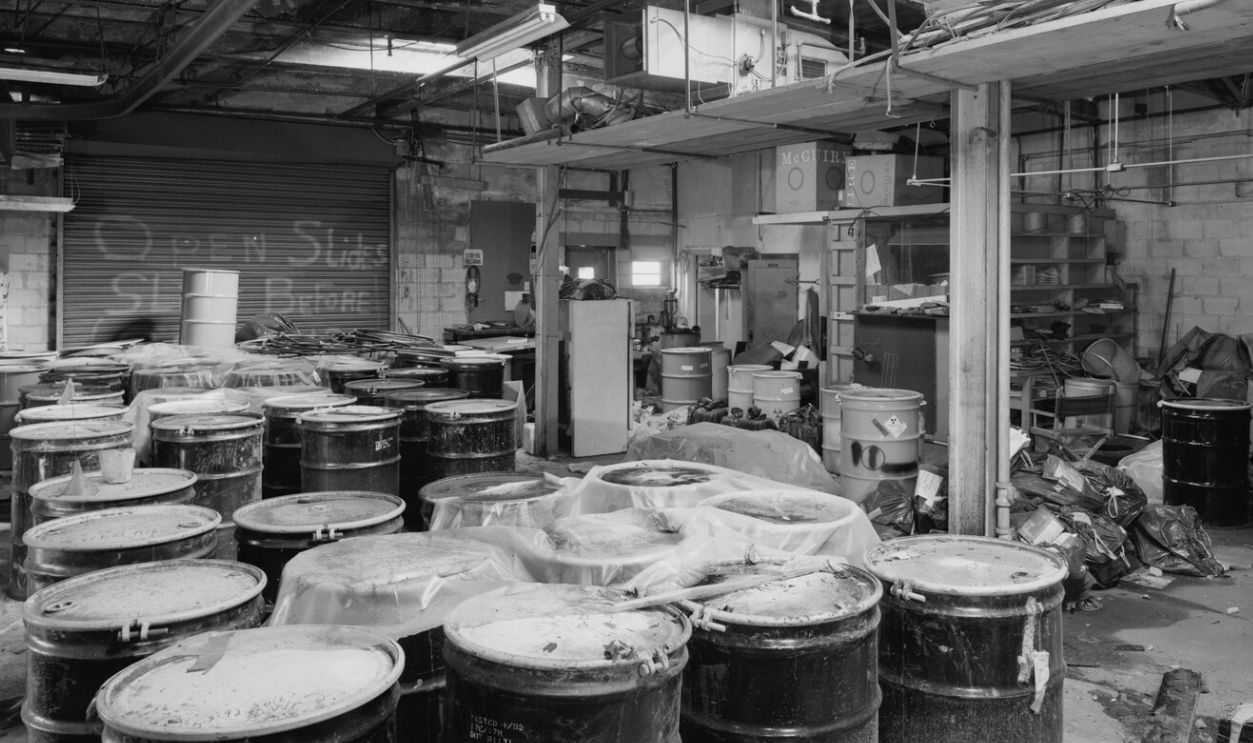 Weinstein, Gerald, creator, Wikimedia Commons
Weinstein, Gerald, creator, Wikimedia Commons
Falsifying Safety Records
Once again, he dismissed the link between radium and the workers’ ailments. The company buried the report and instead submitted a fraudulent version to the New Jersey Department of Labor, which falsely stated that “every girl is in perfect condition” and exonerated USRC of responsibility.
Whistleblowers And Shutdown
The deception unraveled when Alice Hamilton, a public health advocate, discovered the forged report and alerted the Drinkers. Defying USRC’s threats, Cecil Drinker published his unaltered report, which led the state labor commissioner to mandate safety reforms and ultimately shut down the Orange factory.
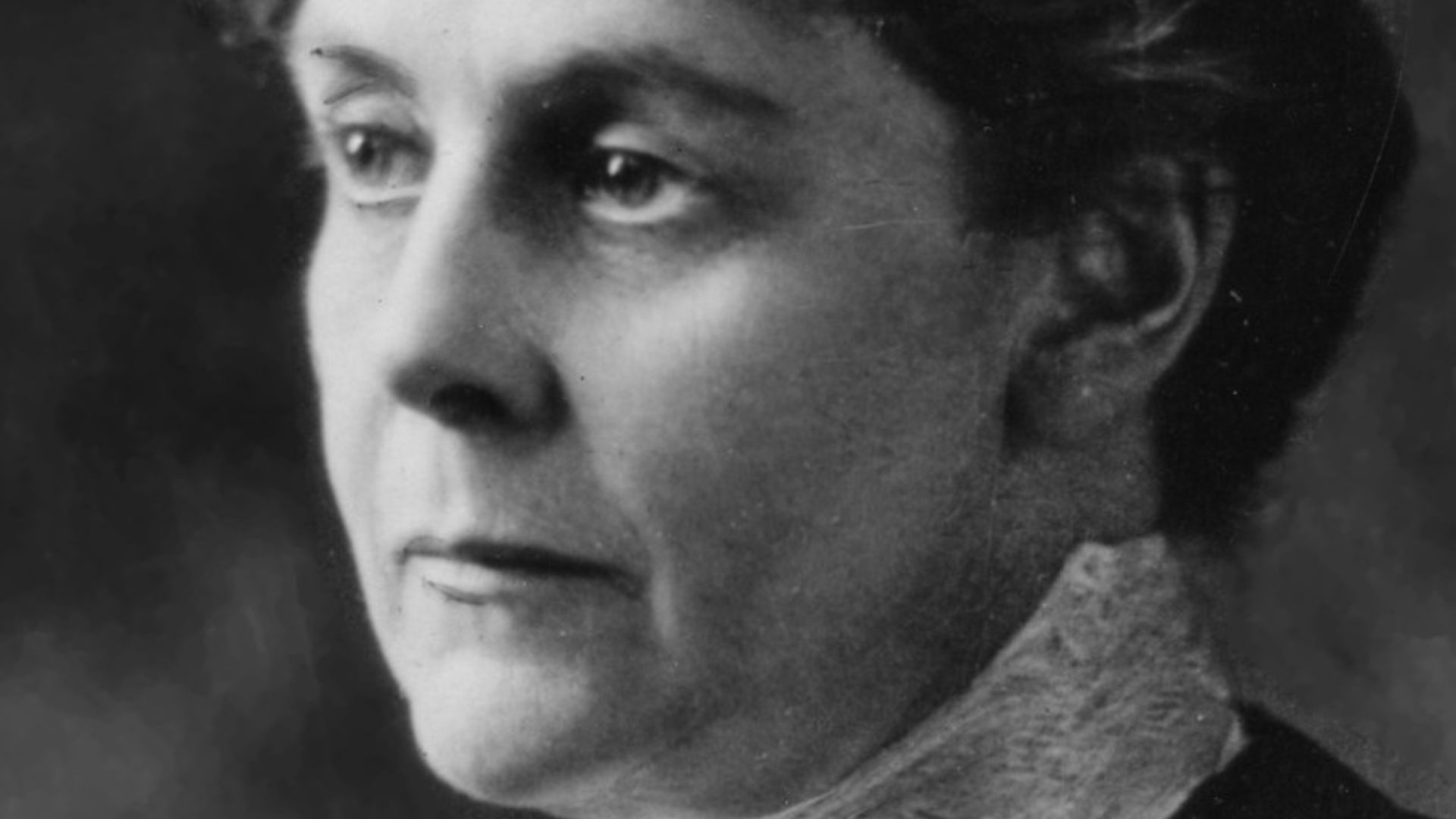 Original uploader was PDH at Smithsonian Institution and en.wikipedia, Wikimedia Commons
Original uploader was PDH at Smithsonian Institution and en.wikipedia, Wikimedia Commons
Scientific Evidence Emerges
By the mid-1920s, doctors Harrison Martland and Joseph Knef published research revealing high radioactivity in living dial painters and in Sarah Carlough Maileffer's autopsy. This brilliant work explicitly linked dial painting to radium poisoning, providing critical scientific evidence of causation.
Deadly Mechanism
Scientists then found out that ingested radium behaved like calcium, embedding in bones and accumulating over time. This internal radiation source gradually destroyed bone marrow and blood cells, explaining the horrific symptoms. As per reports, internal radiation caused continuous, concentrated damage.
Creator Falls To Creation
Dr Sabin Arnold von Sochocky, who invented radium dial paint, perished in November 1928 from radiation poisoning, becoming the 16th known victim. Unlike the Radium Girls, whose jaws were primarily affected, von Sochocky’s illness was caused by the substance accumulating in his hands.
Ironic Justice
This was a result of years of direct handling of it. His demise from aplastic anemia provided powerful, independent confirmation of radium’s deadly effects, significantly strengthening the Radium Girls’ legal case by proving that even the paint’s inventor was not immune to its dangers.
Finding Legal Representation
In 1925, Orange factory worker Grace Fryer decided to sue USRC, but it took two years to find a lawyer willing to challenge the powerful corporation. Attorney Raymond Berry eventually agreed to represent her and four other seriously ill women in their fight for justice.
Famous Five Plaintiffs
The lawsuit filed in 1927 involved five women: Grace Fryer, Edna Hussman, Katherine Schaub, and sisters Quinta McDonald and Albina Larice, together dubbed "the Radium Girls" by the press. All were suffering from advanced radiation poisoning; some could no longer raise their arms.
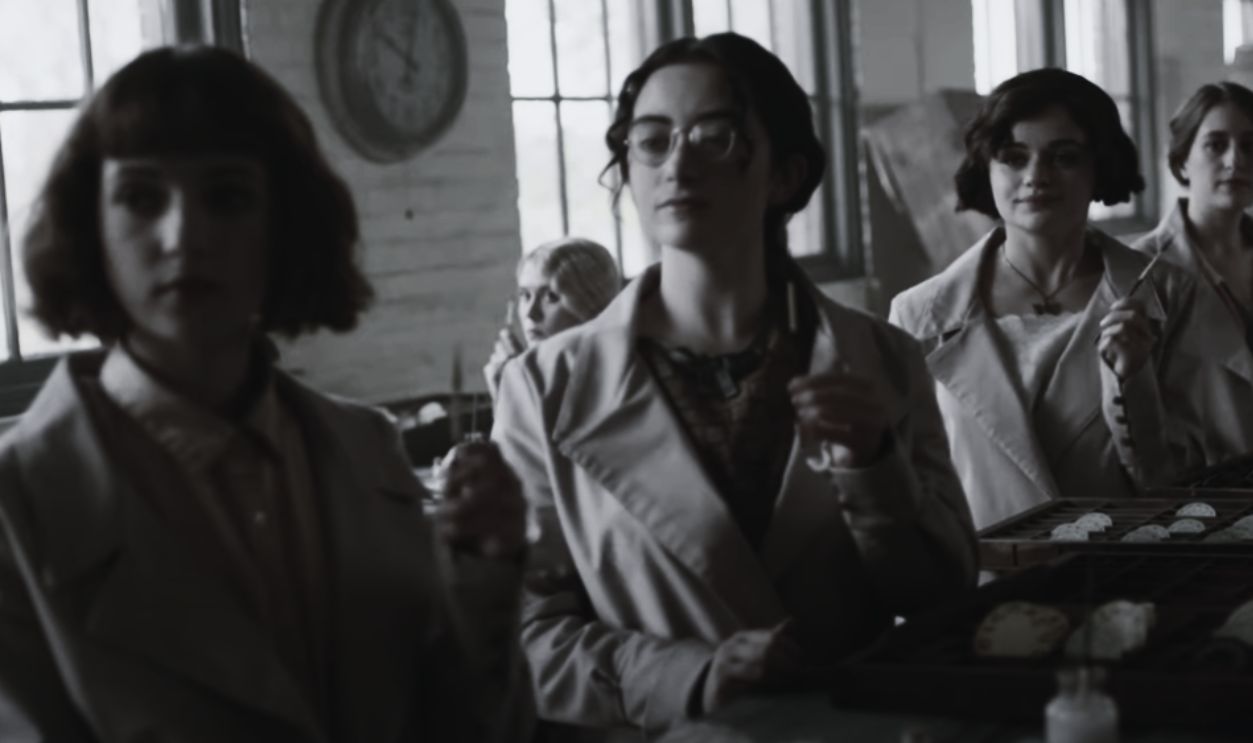 "RADIUM GIRLS" 2020 OFFICIAL TRAILER by Juno Films
"RADIUM GIRLS" 2020 OFFICIAL TRAILER by Juno Films
Justice Versus Mortality
Attorney Raymond Berry faced a heartbreaking dilemma: if he insisted on pursuing full justice through a lengthy trial, there was a real risk that his clients, already very ill, would not survive before any verdict or compensation could be secured.
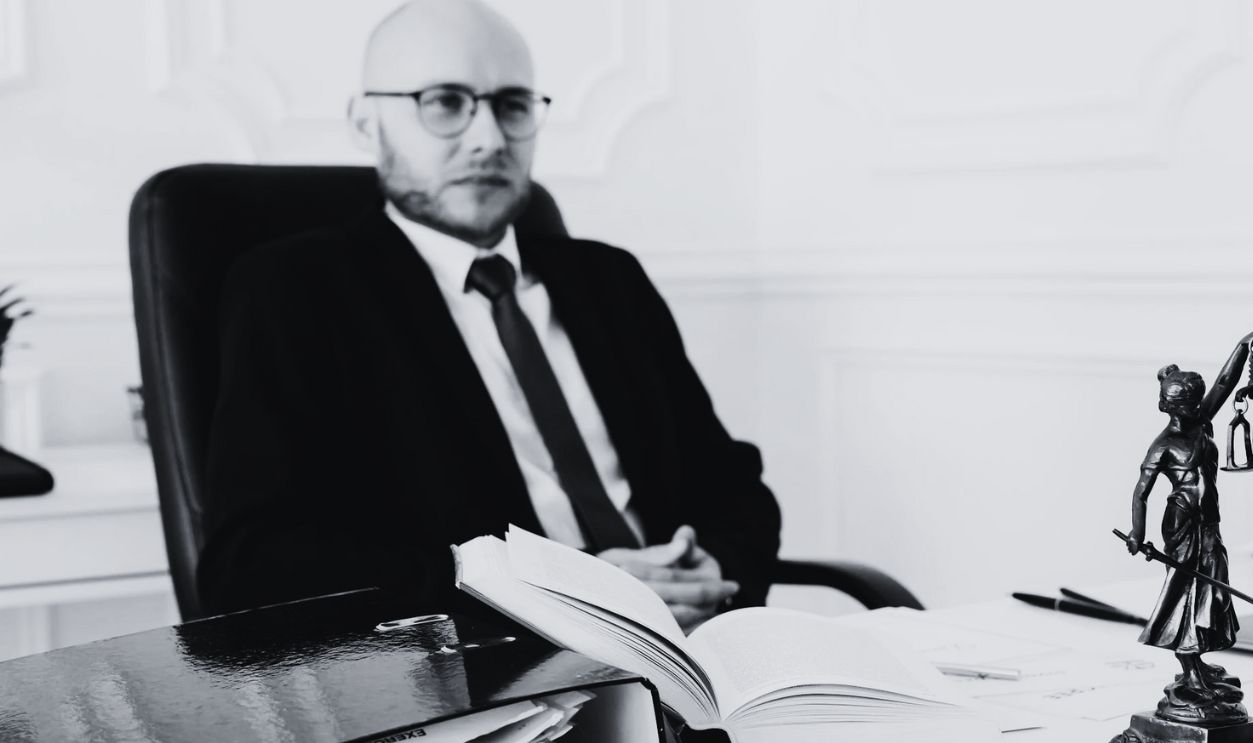 Photo By: Kaboompics.com, Pexels
Photo By: Kaboompics.com, Pexels
Dignity Over Vengeance
On the other hand, accepting an out-of-court settlement, though less than what might be won in court, would provide immediate financial and medical relief to the ladies in their final months. Ultimately, Berry and the women chose to settle, prioritizing immediate help and dignity.
 Photo By: Kaboompics.com, Pexels
Photo By: Kaboompics.com, Pexels
Media Attention Grows
Newspapers covered the women's plight extensively, with headlines like "The Living Dead" and "Doomed Women." Public sympathy grew as reporters described how the five women couldn't even appear in court because they were dying. The corporate strategy of delaying until deaths occurred backfired spectacularly.
Settlement Reached
In autumn 1928, before jury deliberation, USRC settled with each Radium Girl for $10,000 plus a $600 annual pension paid weekly at $12 for life. The company would cover all medical and legal expenses. This was a significant victory, though without a formal admission of wrongdoing.
Tragic Aftermath
Despite the settlement victory, all five Orange plaintiffs died by the early 1930s from radiation poisoning. The compensation came too late to save their lives, though it did provide financial support during their final years and helped their families even after.
The Illinois Struggle Begins
While the New Jersey case concluded, workers at Radium Dial Company in Ottawa, Illinois, began showing similar symptoms around 1926–1927. Although initially unaware of the New Jersey hearings, they, too, began requesting compensation for mounting medical bills but were refused by management.
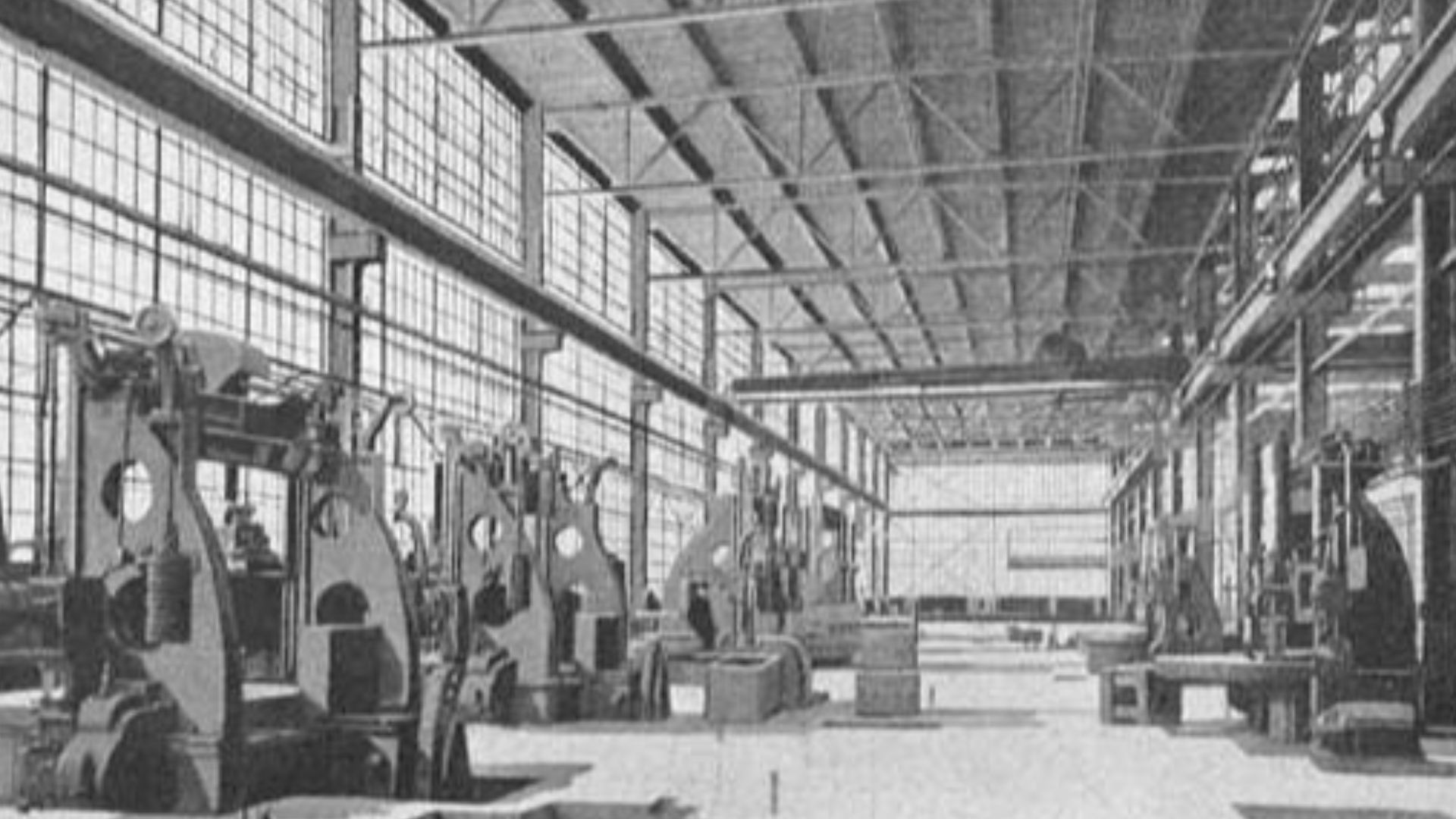 Unknown photographer, Wikimedia Commons
Unknown photographer, Wikimedia Commons
Continued Corporate Deception
When Illinois workers heard about the New Jersey lawsuits, Radium Dial management falsely claimed the East Coast women suffered from viral infections, not radiation poisoning. George Willis, co-founder of Radium Luminous Materials Corporation, personally lectured them about radium's supposed safety.
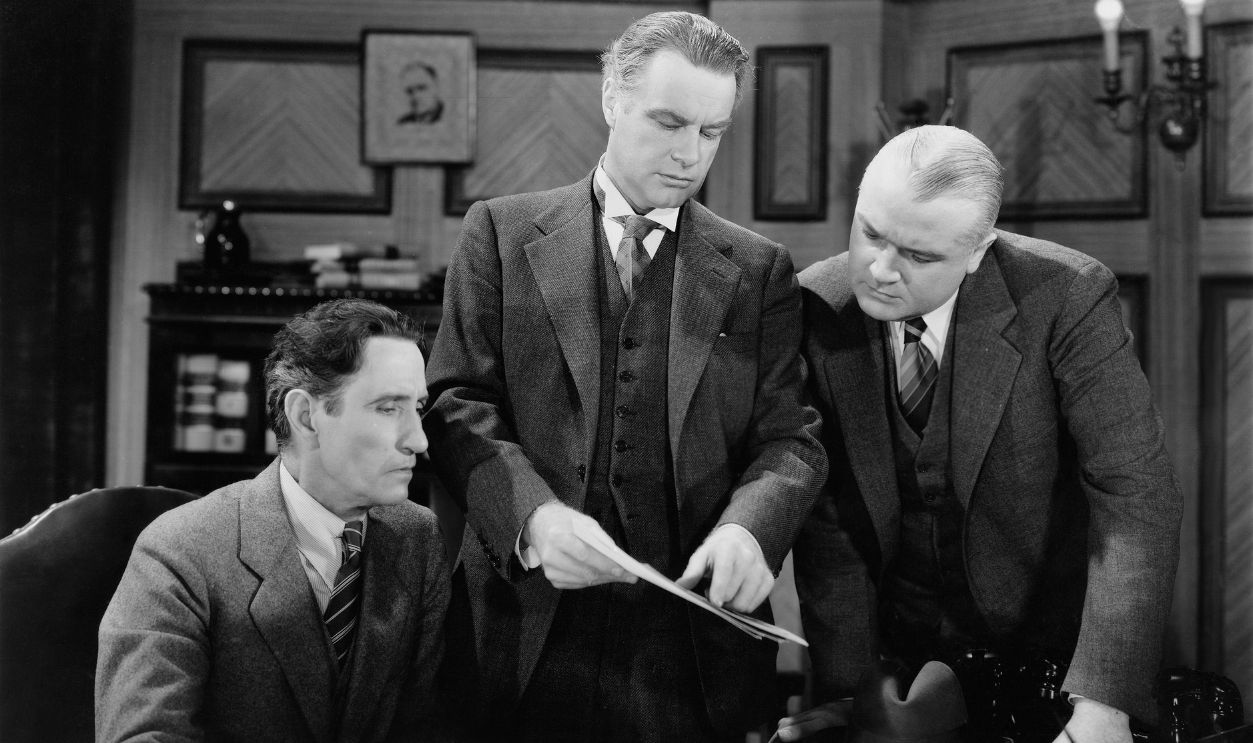 Everett Collection, Sutterstock
Everett Collection, Sutterstock
Illinois Production Continues
At Radium Dial, management briefly introduced glass pens with fine points to replace brush-lipping. Workers quickly abandoned them because the slower technique reduced their piece-rate earnings. On being assured that radium was safe, they returned to the deadly lip-pointing method for years.
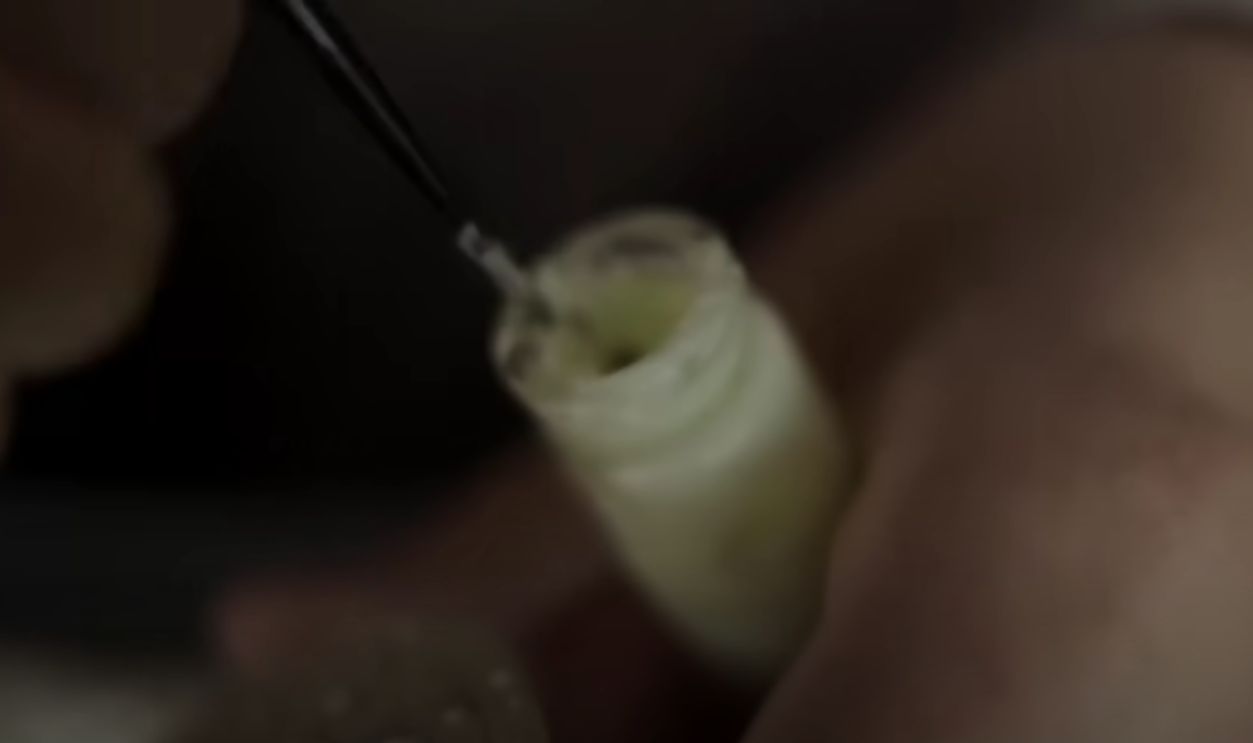 Radium Girls Trailer #1 (2020) | Movieclips Indie by Rotten Tomatoes Indie
Radium Girls Trailer #1 (2020) | Movieclips Indie by Rotten Tomatoes Indie
A Competitor Emerges
Following President Joseph Kelly's termination from Radium Dial, he established a competing firm in Ottawa named Luminous Process Company. This new factory employed women under the same hazardous conditions, expanding the number of people exposed to fatal radioactivity.
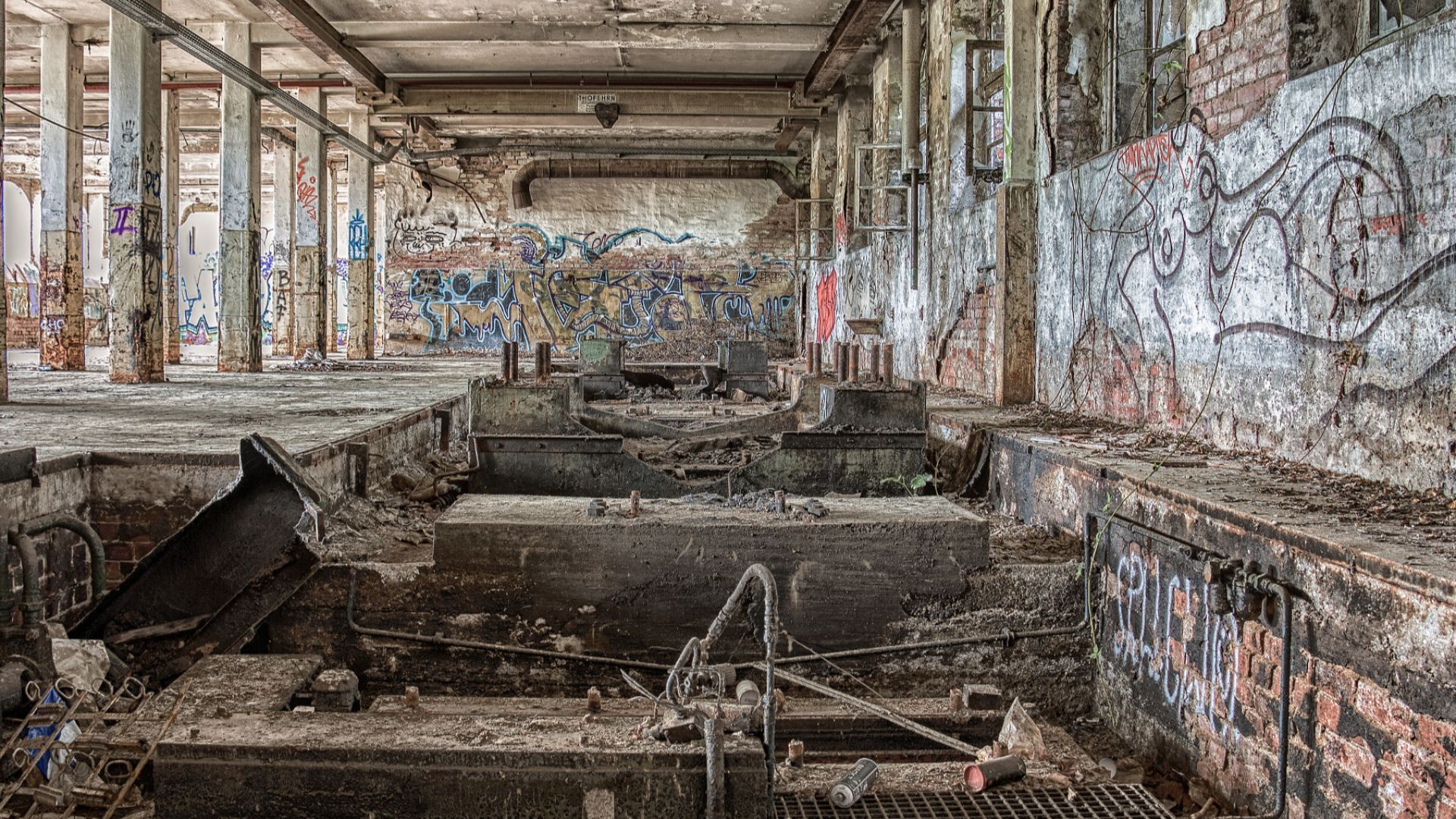 Alex Moeller, Wikimedia Commons
Alex Moeller, Wikimedia Commons
Secret Testing And Concealment
Radium Dial authorized physicals and tests to determine paint toxicity, but never shared results with employees. They continued assuring workers that radium was being diluted to safe levels. Now, this was another deliberate lie that condemned more young ladies to painful deaths.
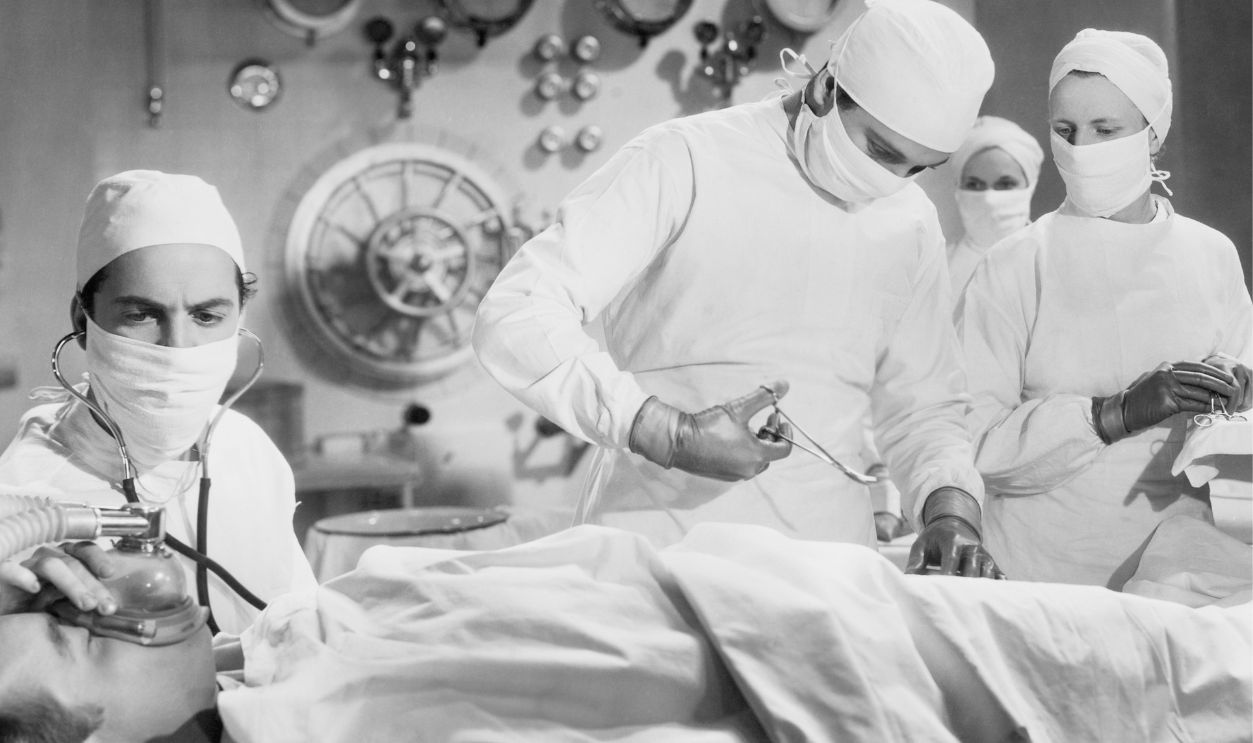 Everett Collection, Shutterstock
Everett Collection, Shutterstock
Legal Battle Begins
In 1937, Catherine Donahue and four other Illinois women found attorney Leonard Grossman to represent them before the Illinois Industrial Commission. However, as they were too poor to pay legal fees, the dying individuals received Grossman's services pro bono in their fight for justice.
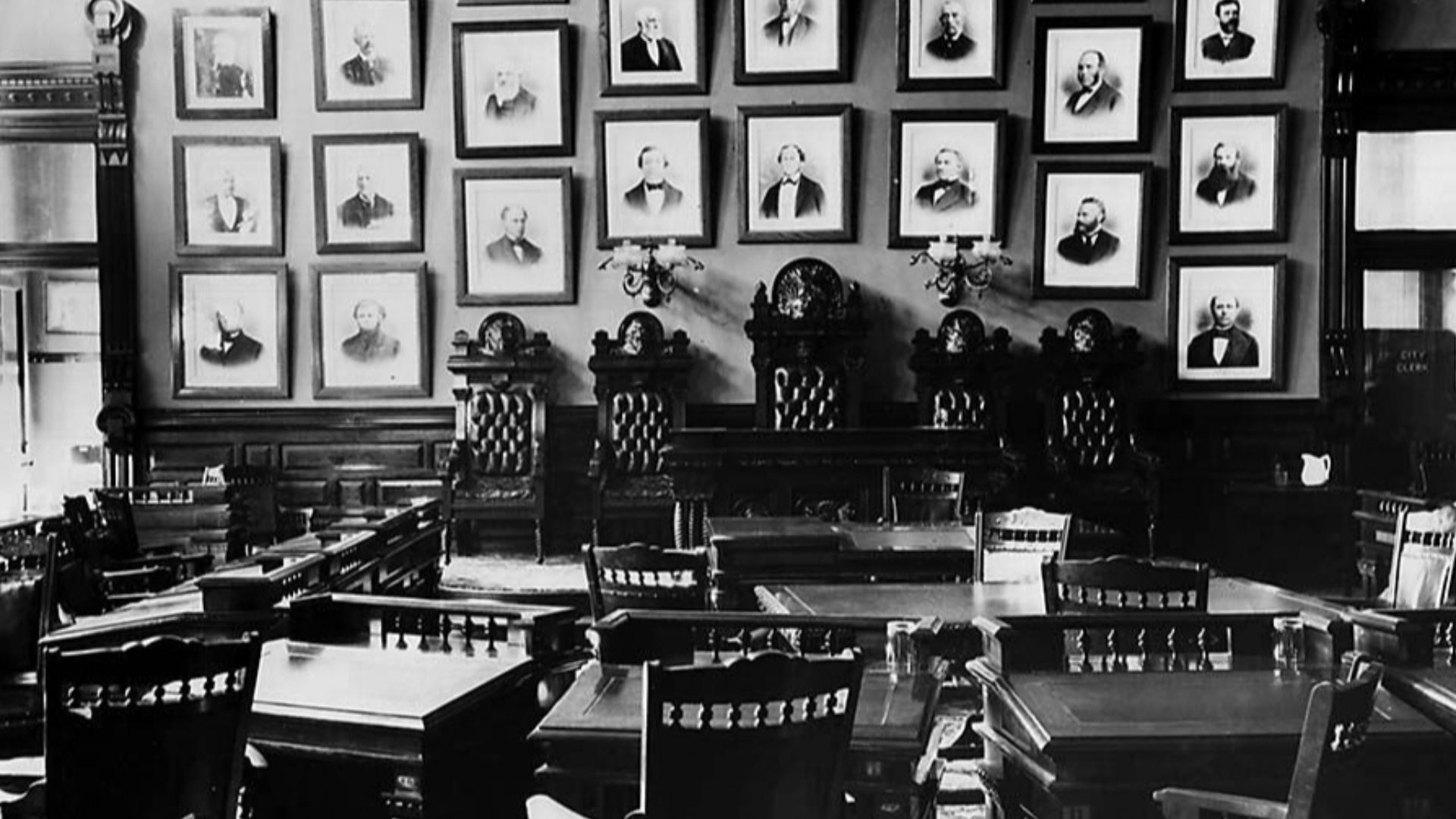 William James, Wikimedia Commons
William James, Wikimedia Commons
Victory And Evasion
Then, in spring 1938, the Illinois Industrial Commission ruled in favor of the women. However, Radium Dial had relocated across state lines, and the commission refused to pursue the company beyond Illinois borders. The establishment appealed, hoping to overturn the verdict entirely.
Supreme Court Resolution
Radium Dial appealed the Illinois case to the US Supreme Court, which decided not to hear the appeal on October 23, 1939. The lower ruling was upheld, but by then Catherine Donahue had passed away. Some victims received no compensation despite their legal victory.
Legislative Impact
In 1949, Congress passed legislation setting up compensation for all those struggling with occupational diseases, directly influenced by the Radium Girls' plight. Their suffering led to baseline labor safety standards. This included the concept of "provable suffering" for compensation claims.
 William Henry Jackson, Wikimedia Commons
William Henry Jackson, Wikimedia Commons
Industry Safety Reforms
After the publicized lawsuits, radium dial painters finally received proper safety instructions and protective equipment. The hazardous practice of "lip-pointing" was banned, and new procedures were implemented to prevent the ingestion or inhalation of radium-laced paint. Additionally, ongoing medical monitoring and stricter workplace inspections became standard.
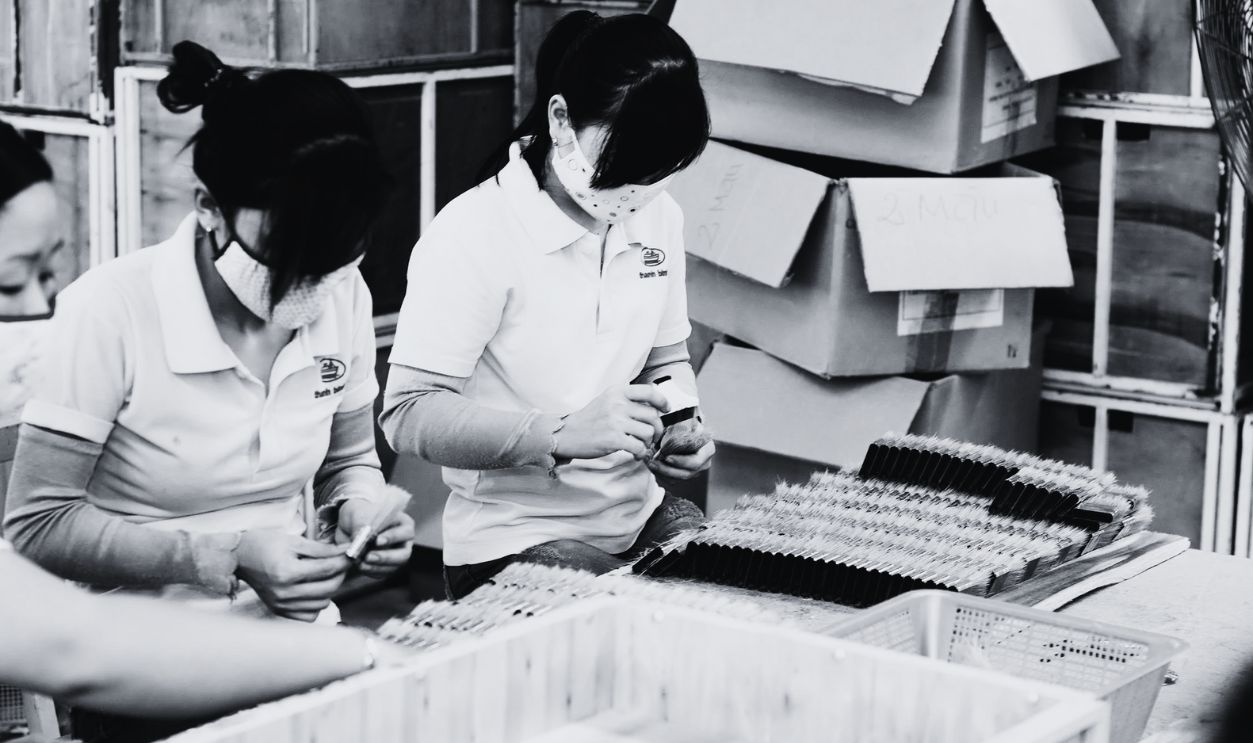 Thanh Binh Paint Brush, Pexels
Thanh Binh Paint Brush, Pexels
Center For Human Radiobiology
It was the Argonne National Laboratory that formally established the Center for Human Radiobiology in 1968 to study long-term radiation effects. The center provided medical examinations for surviving dial painters and collected data from approximately 2,403 cases before the project ended in 1993.
 John Hill for Argonne National Laboratory, Wikimedia Commons
John Hill for Argonne National Laboratory, Wikimedia Commons
The Last Survivor
Mae Keane, one of the last known Radium Girls, passed away in 2014 at the age of 107. She had worked briefly at the Waterbury Clock Company but quit after finding the paint's taste disagreeable. This distaste, which was fortunate, likely saved her life.
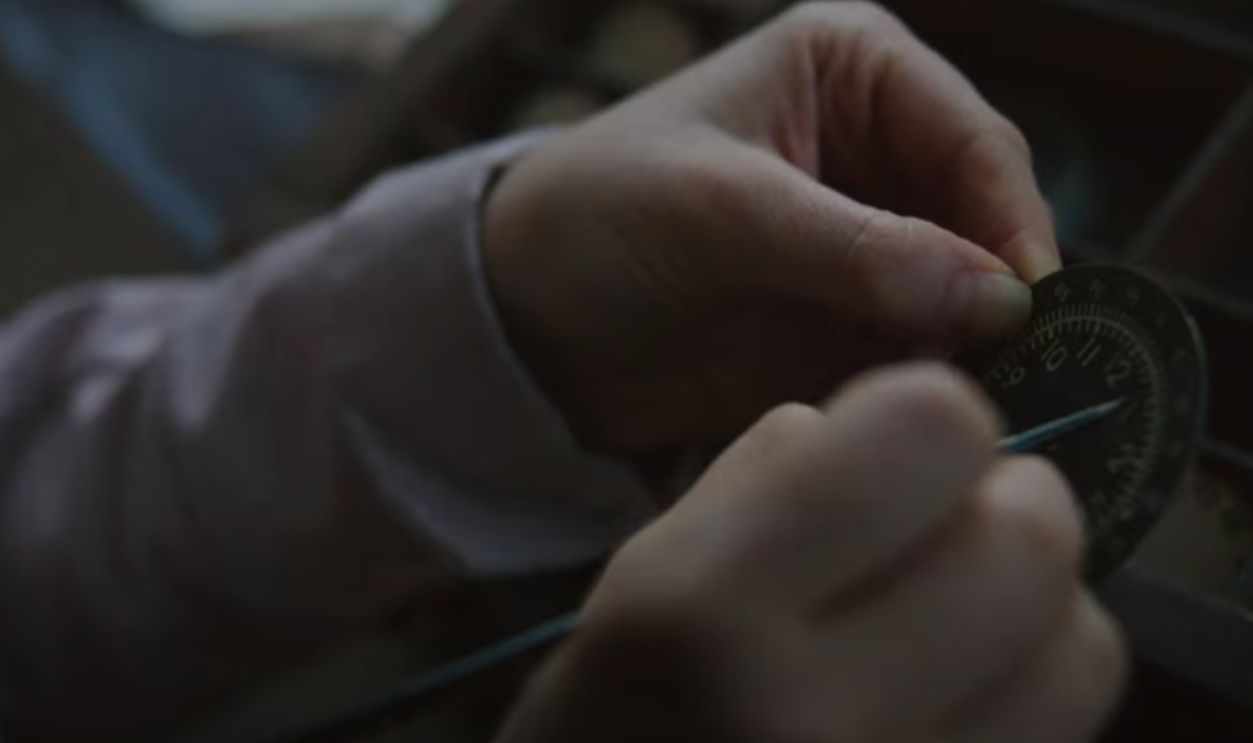 "RADIUM GIRLS" 2020 OFFICIAL TRAILER by Juno Films
"RADIUM GIRLS" 2020 OFFICIAL TRAILER by Juno Films

